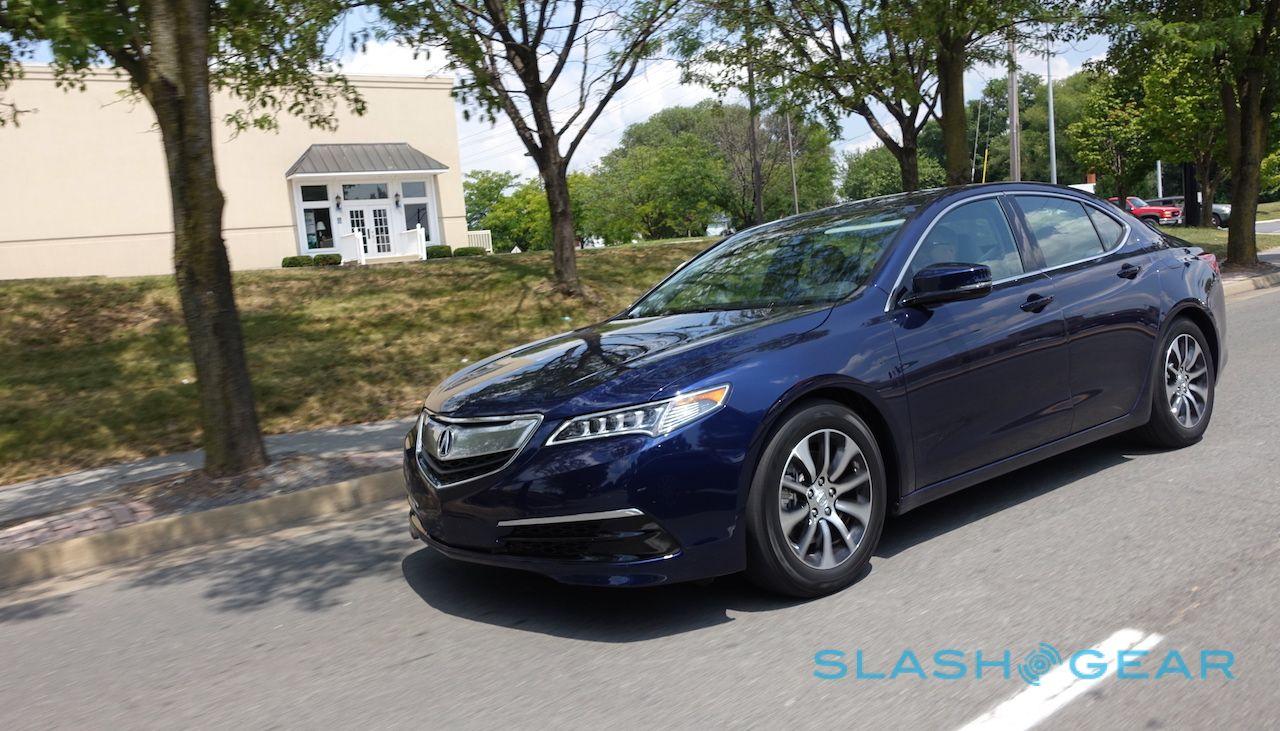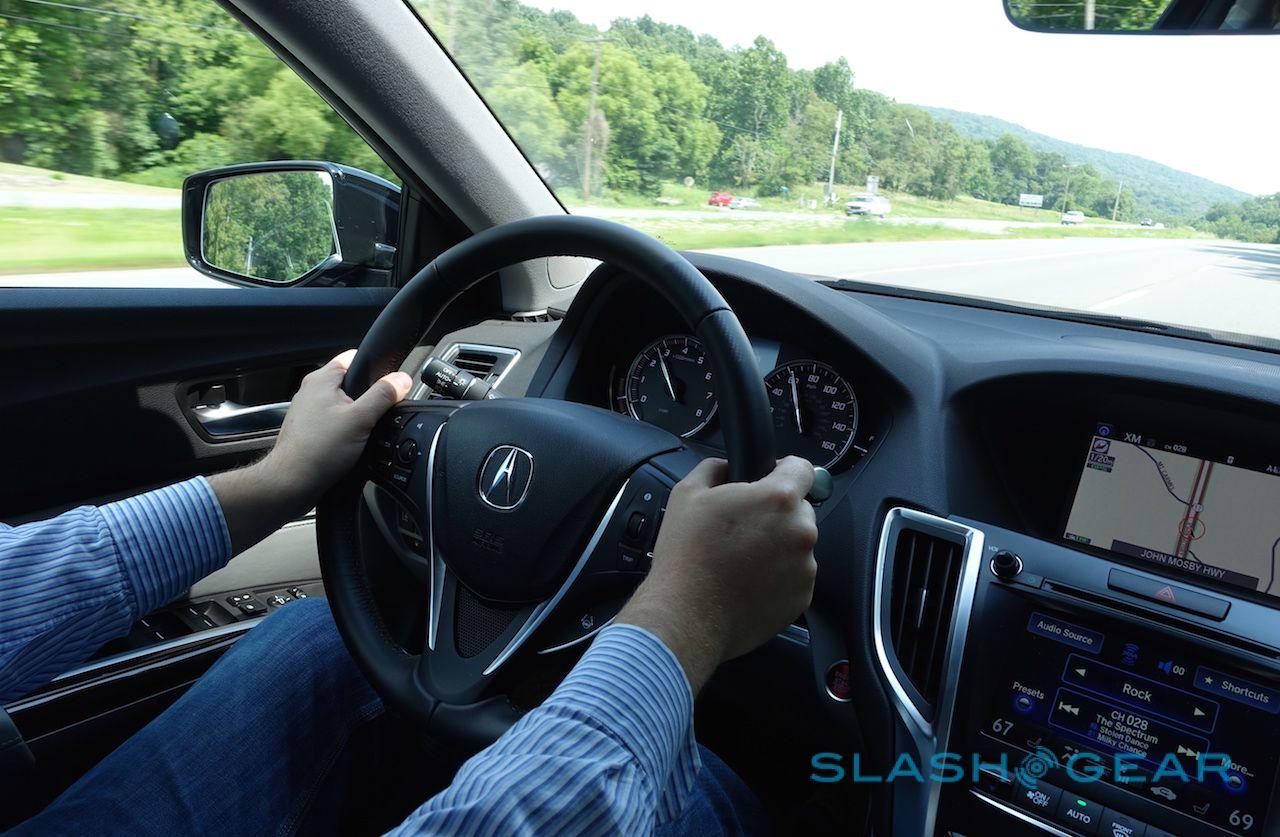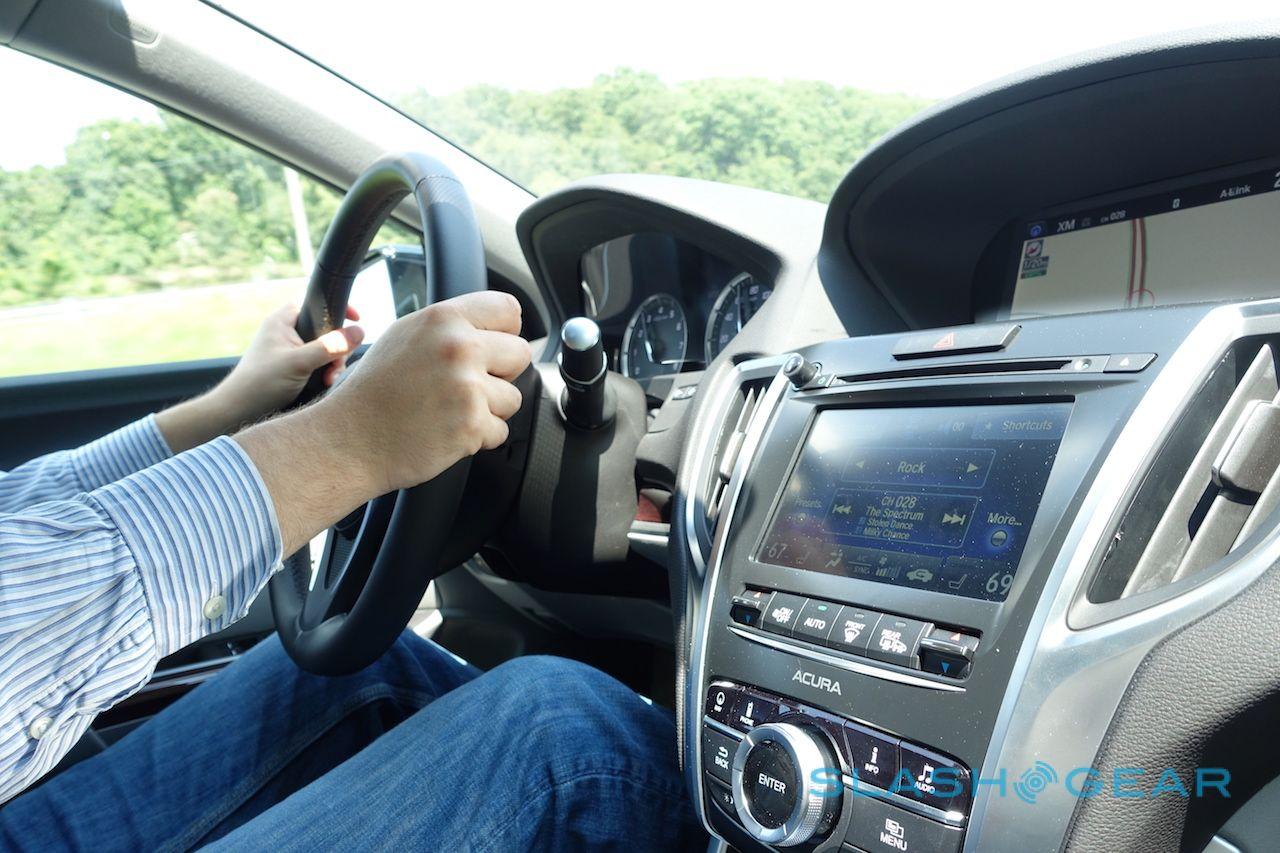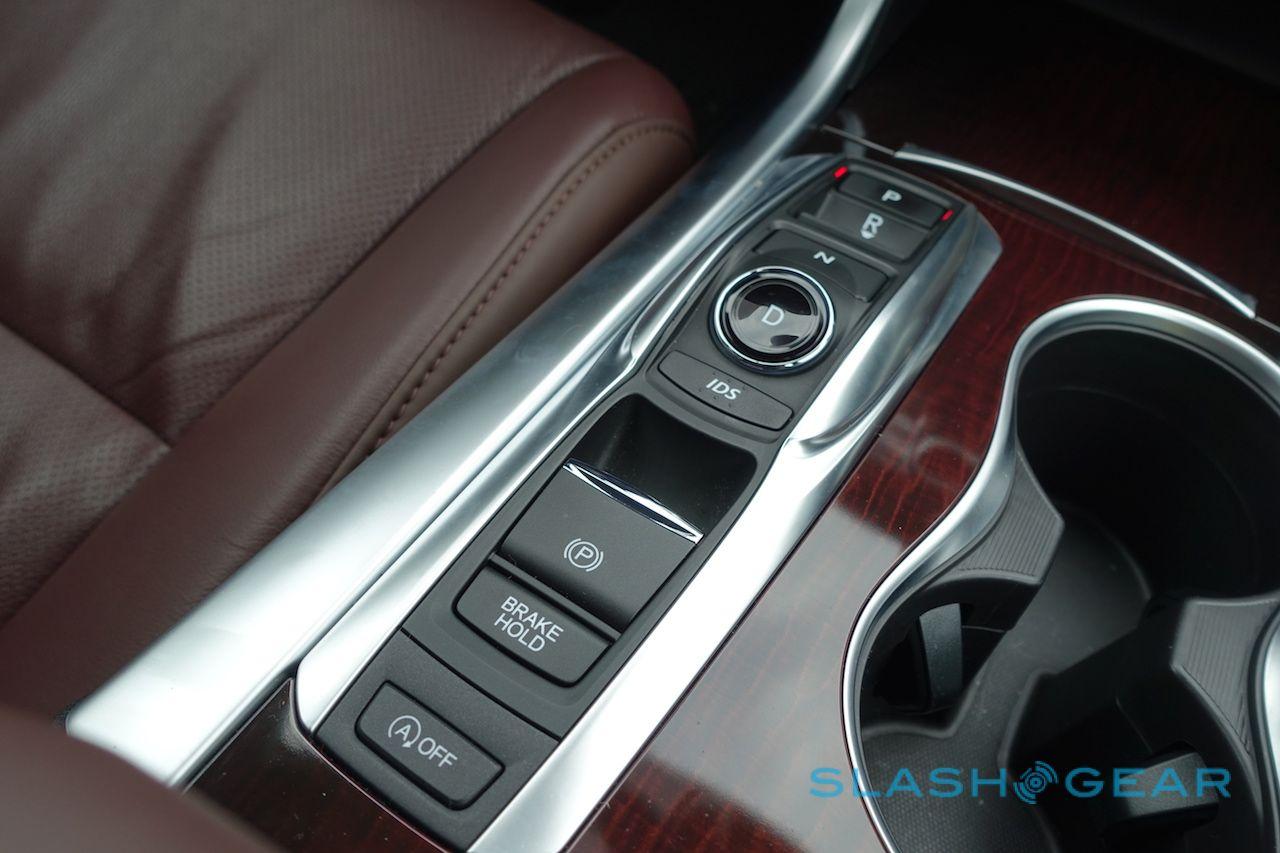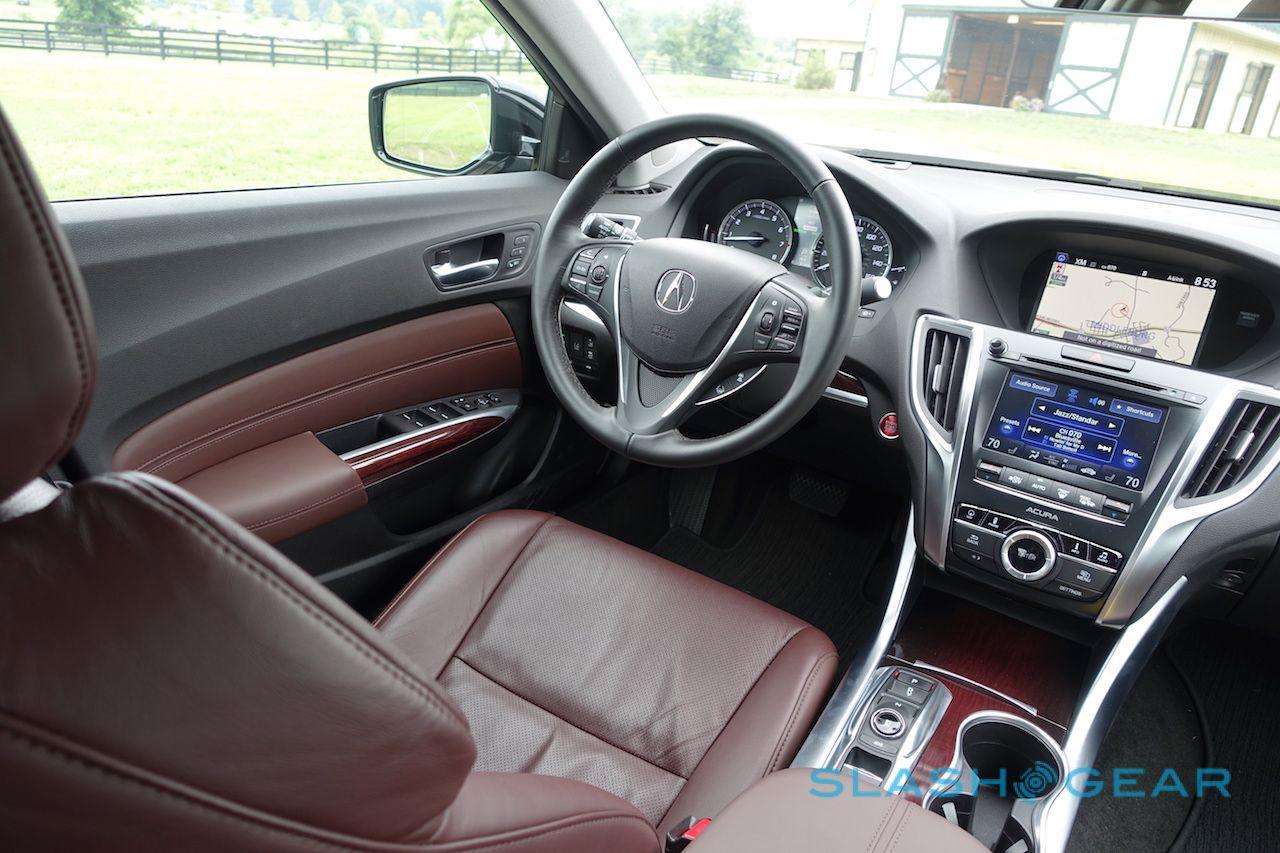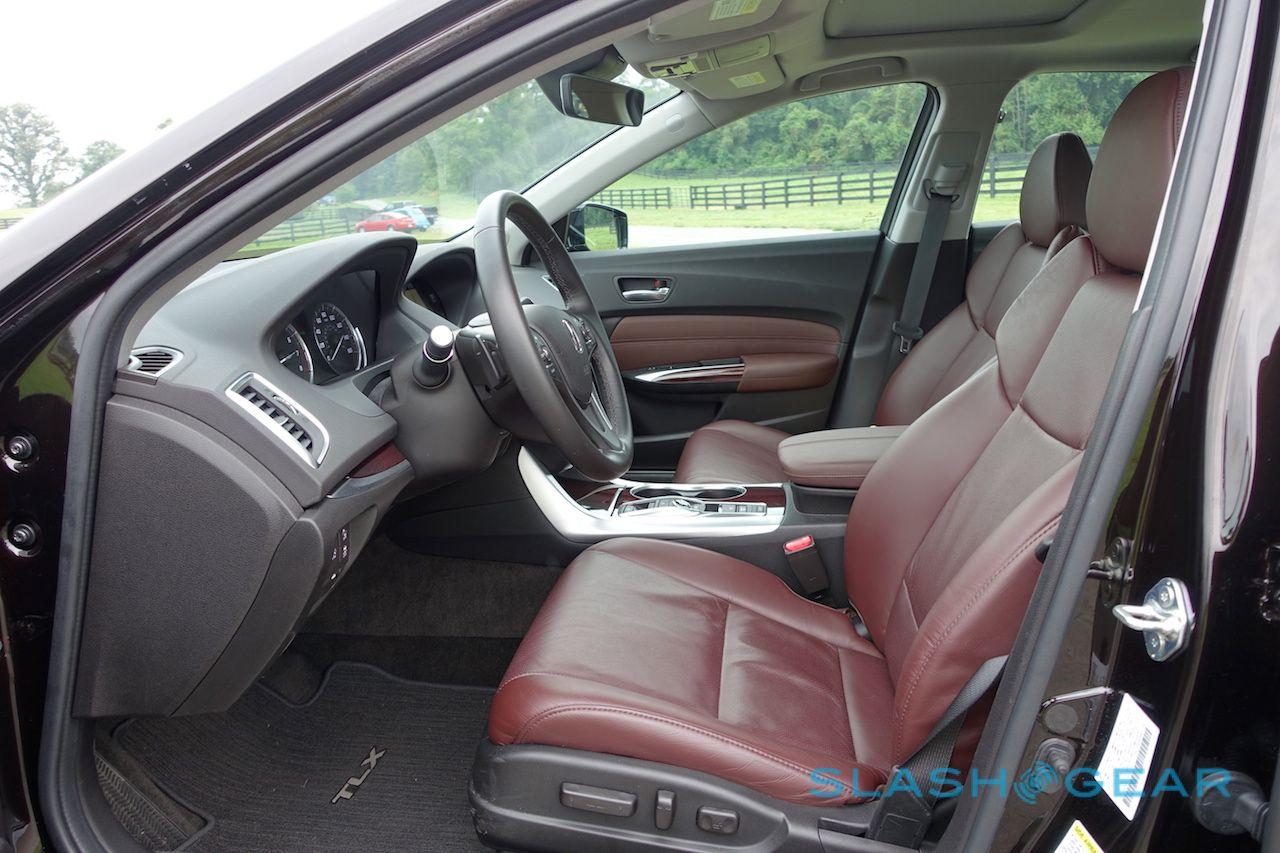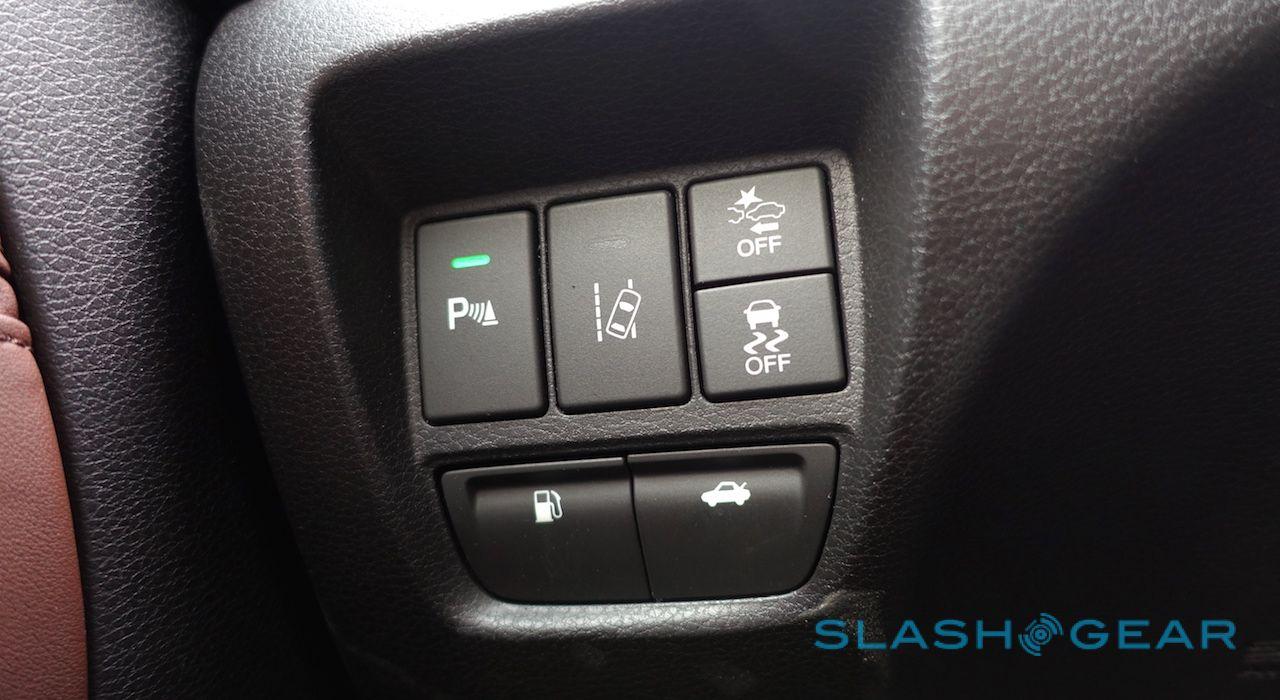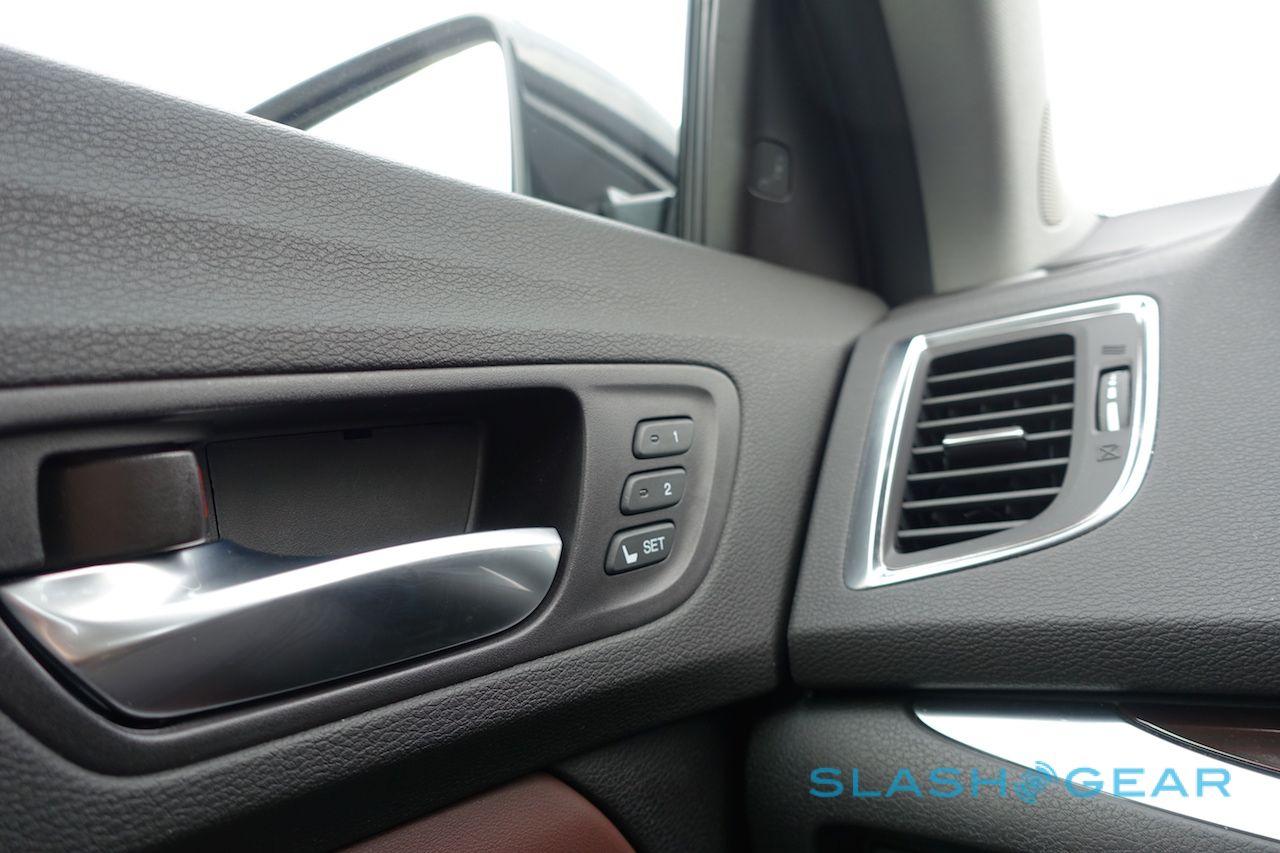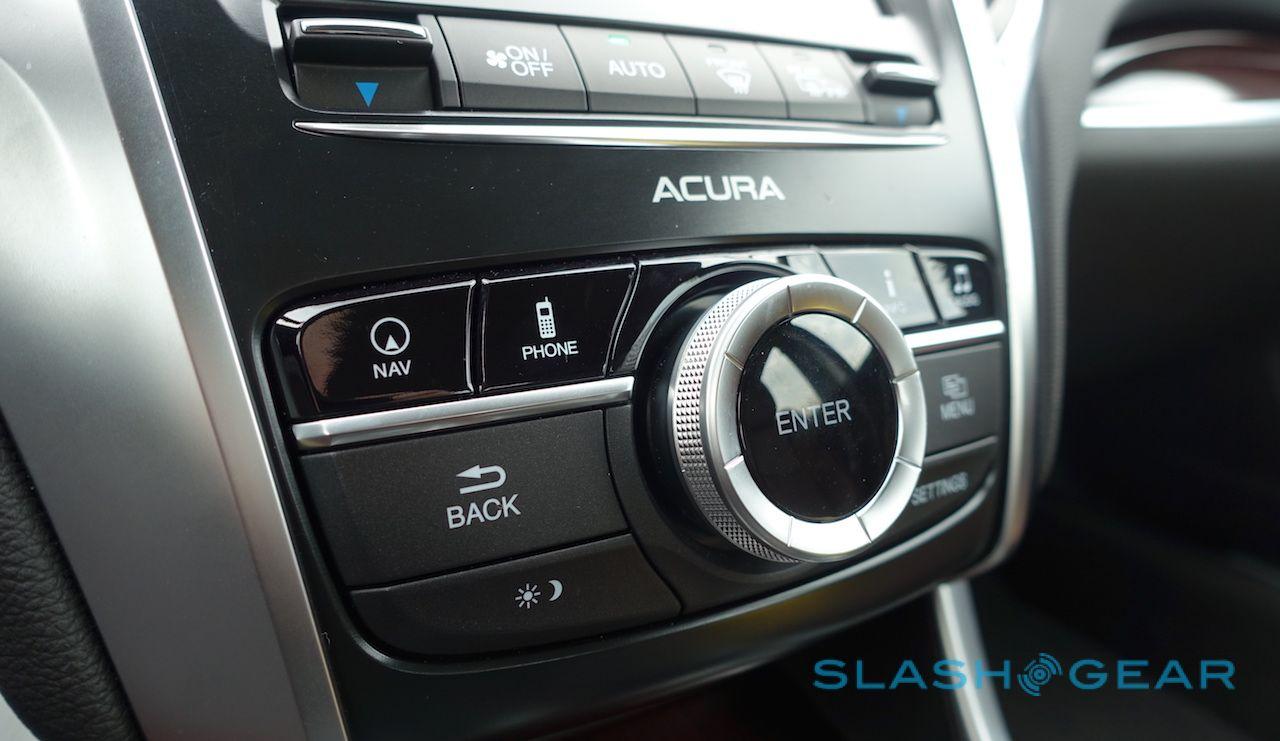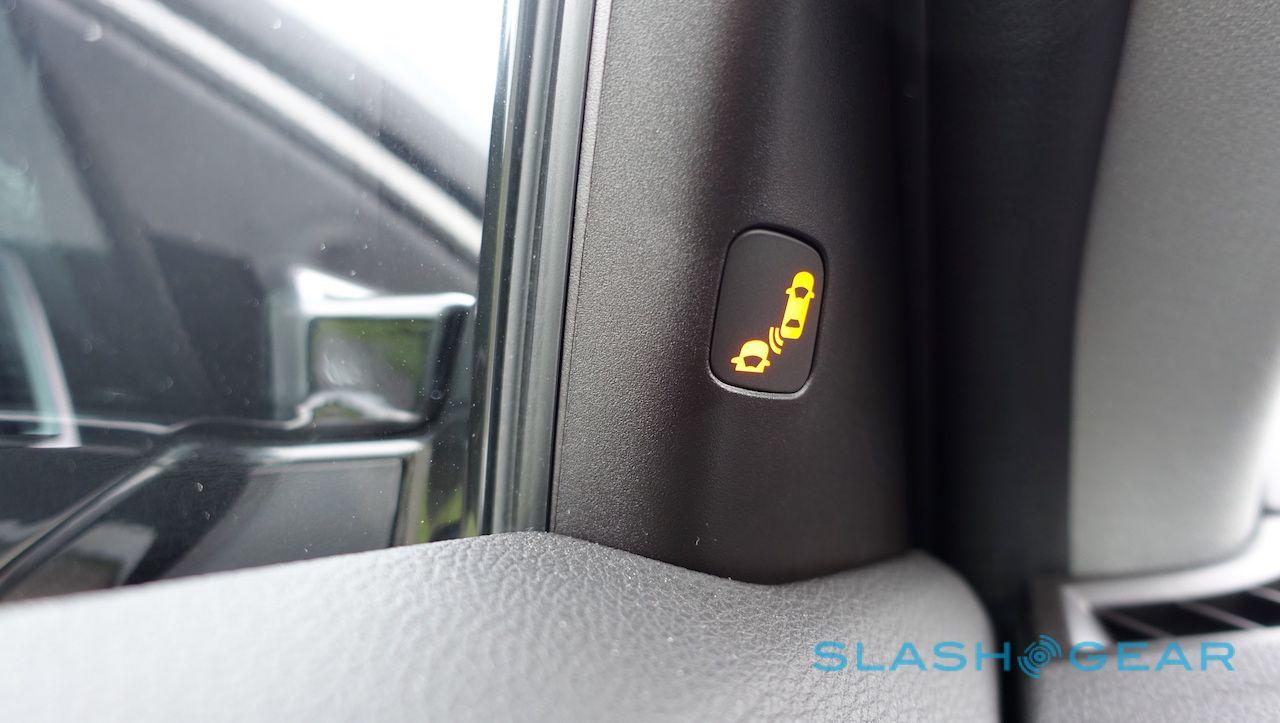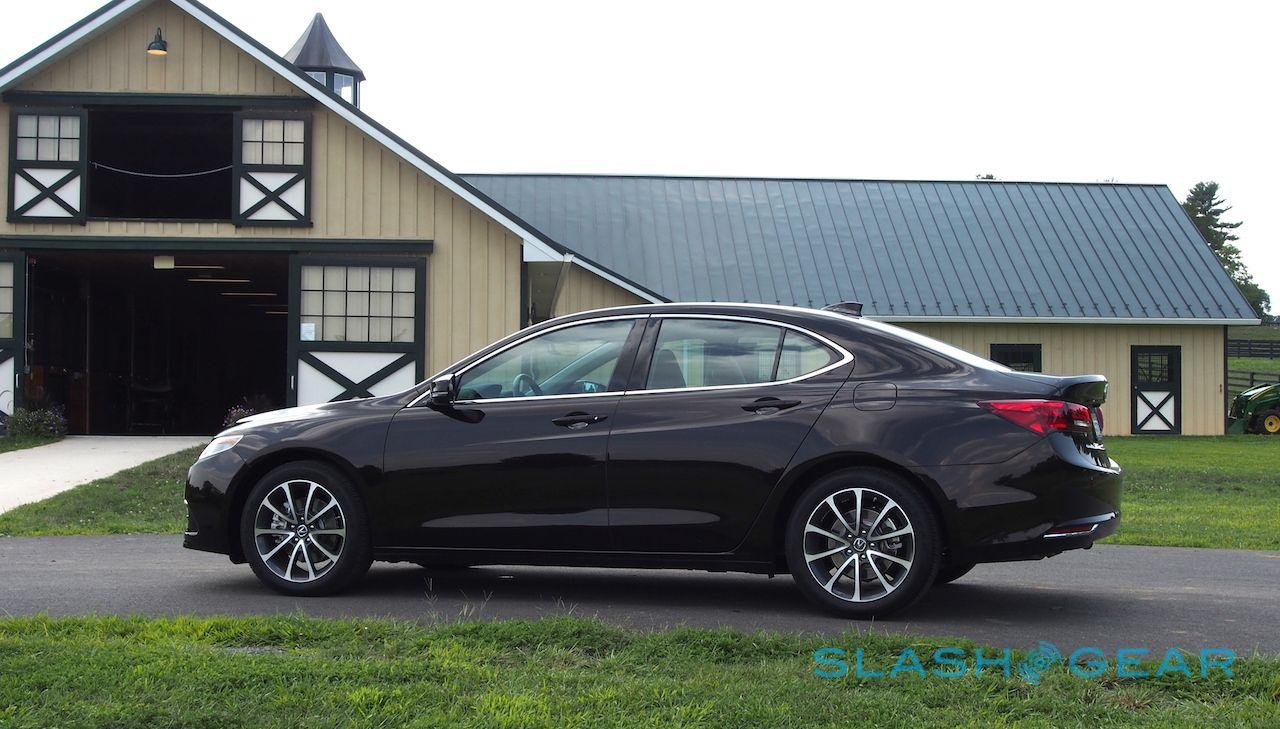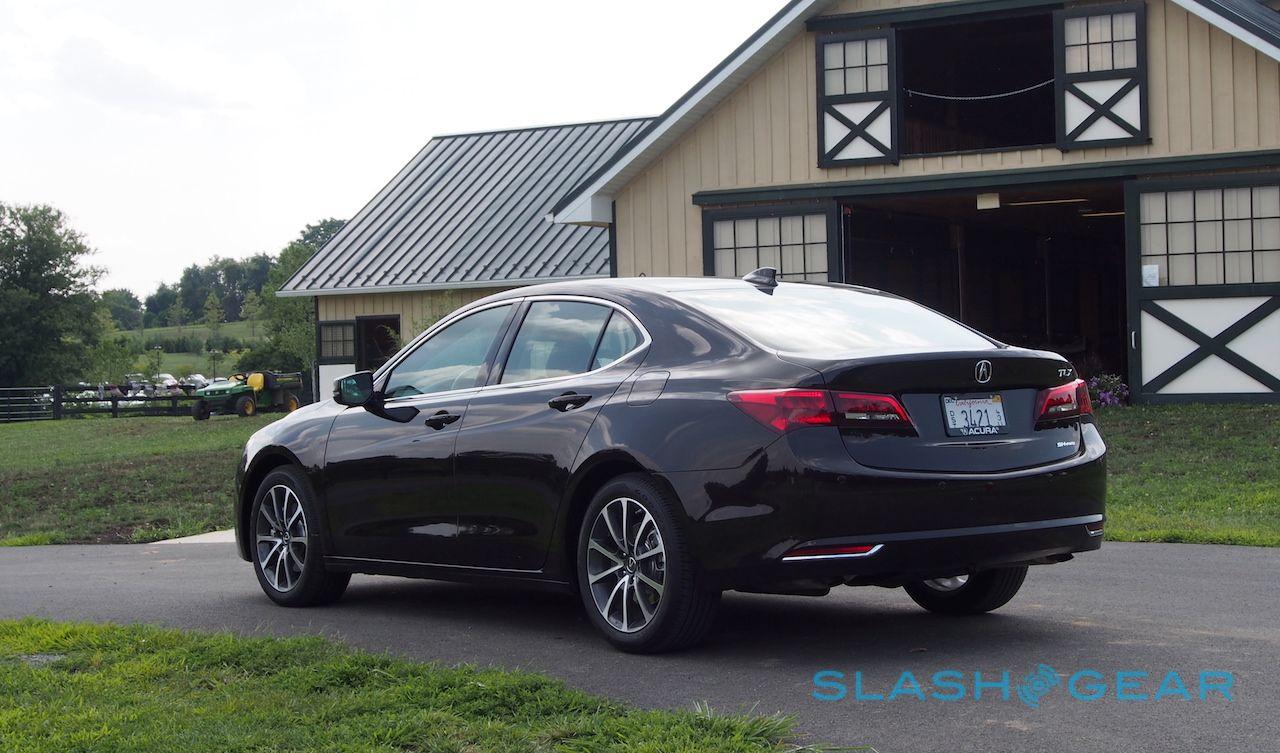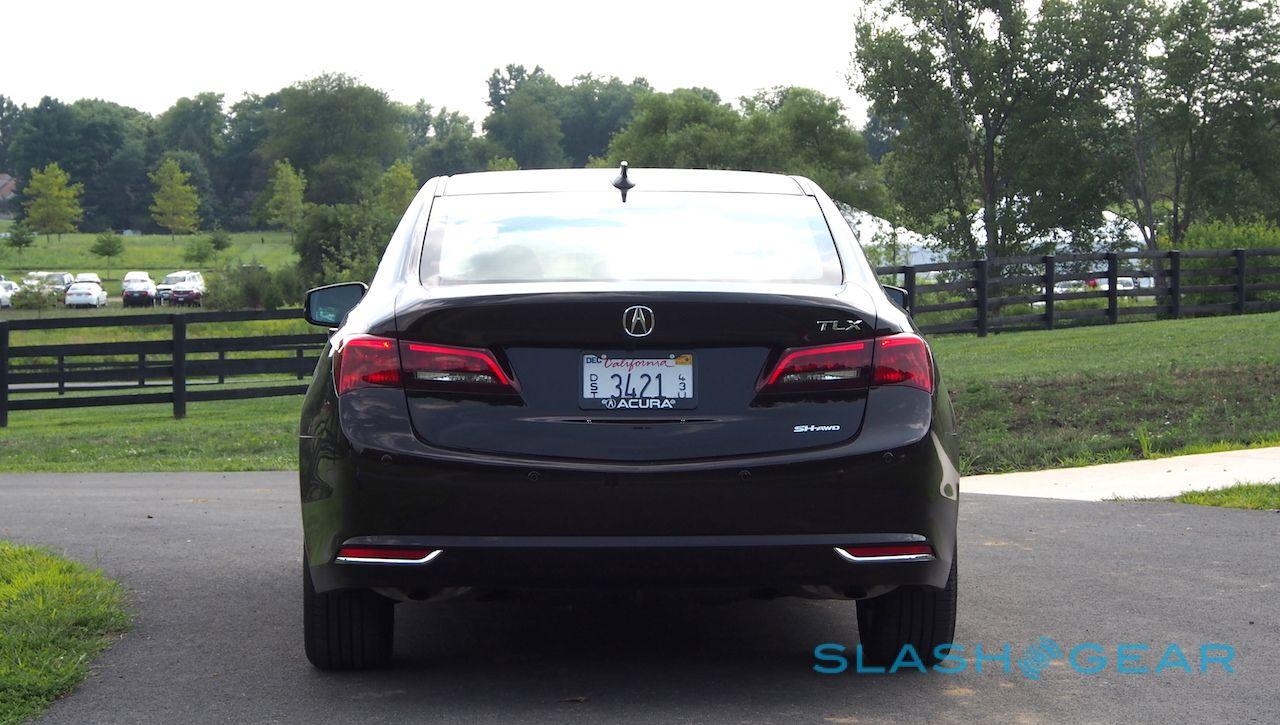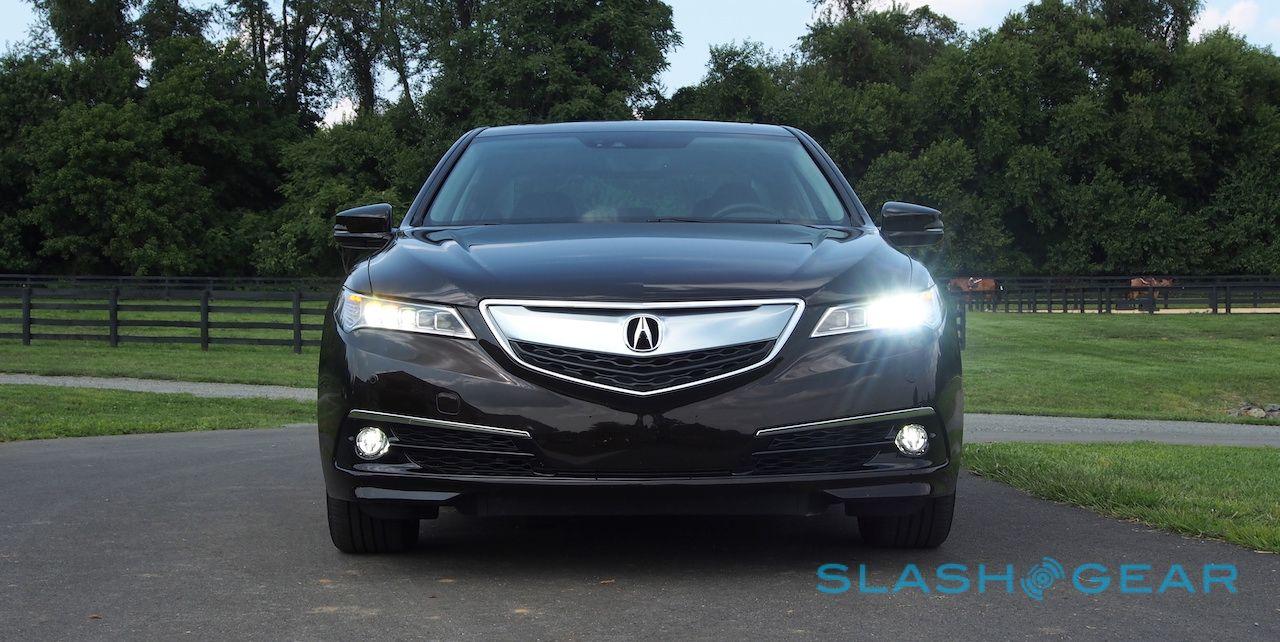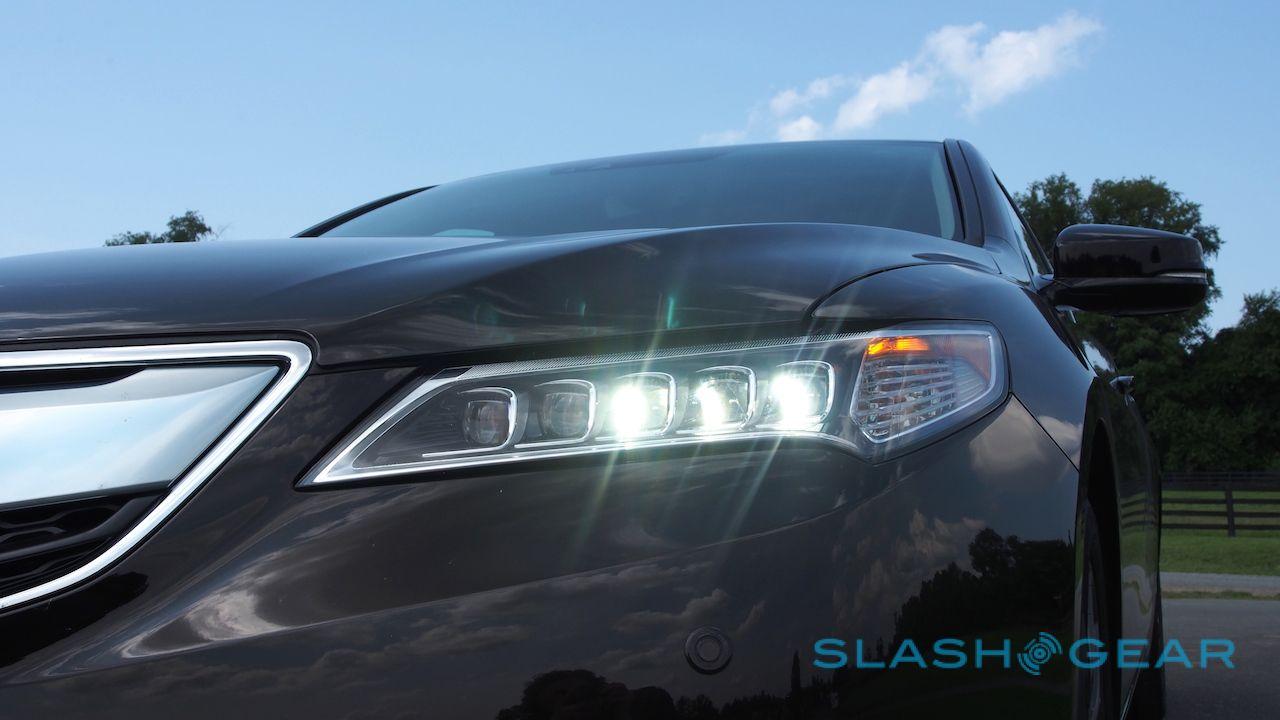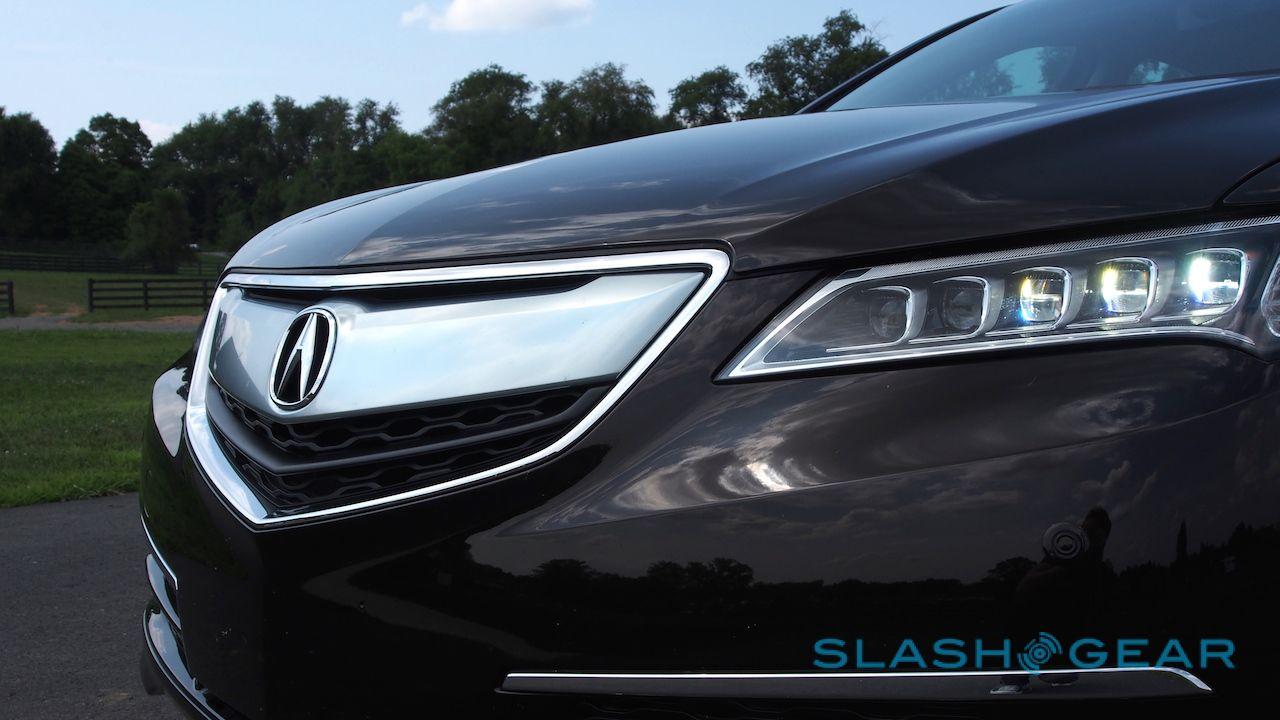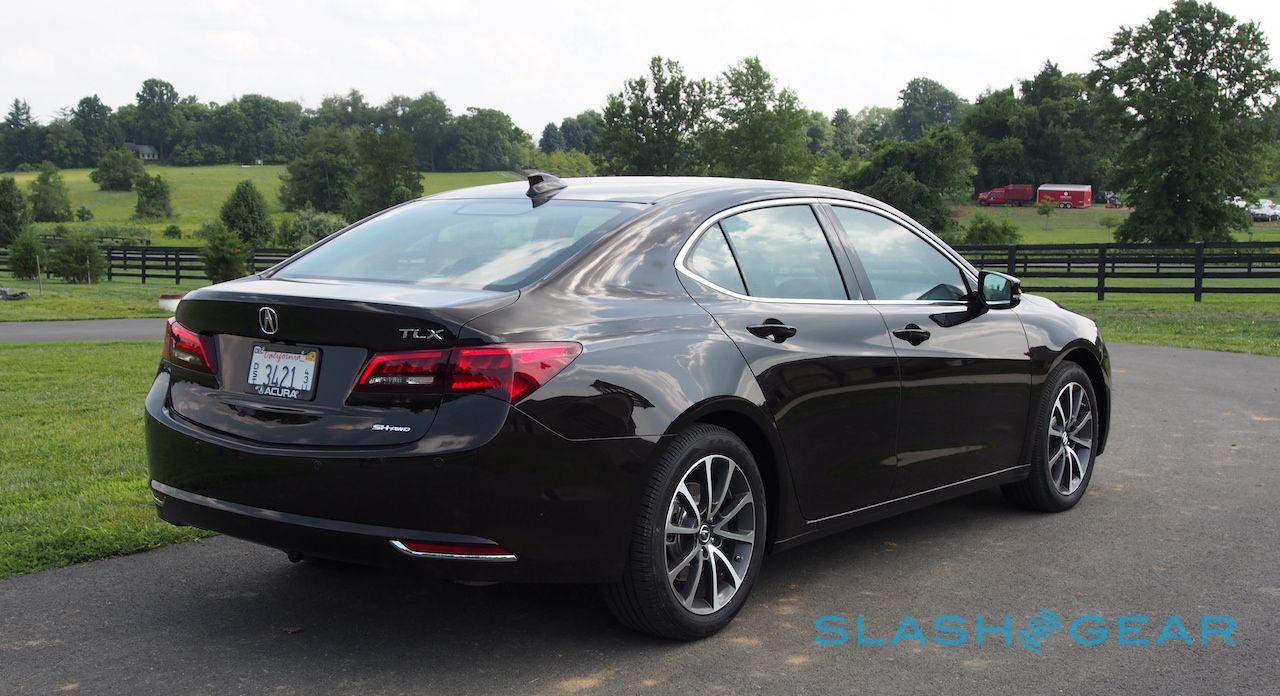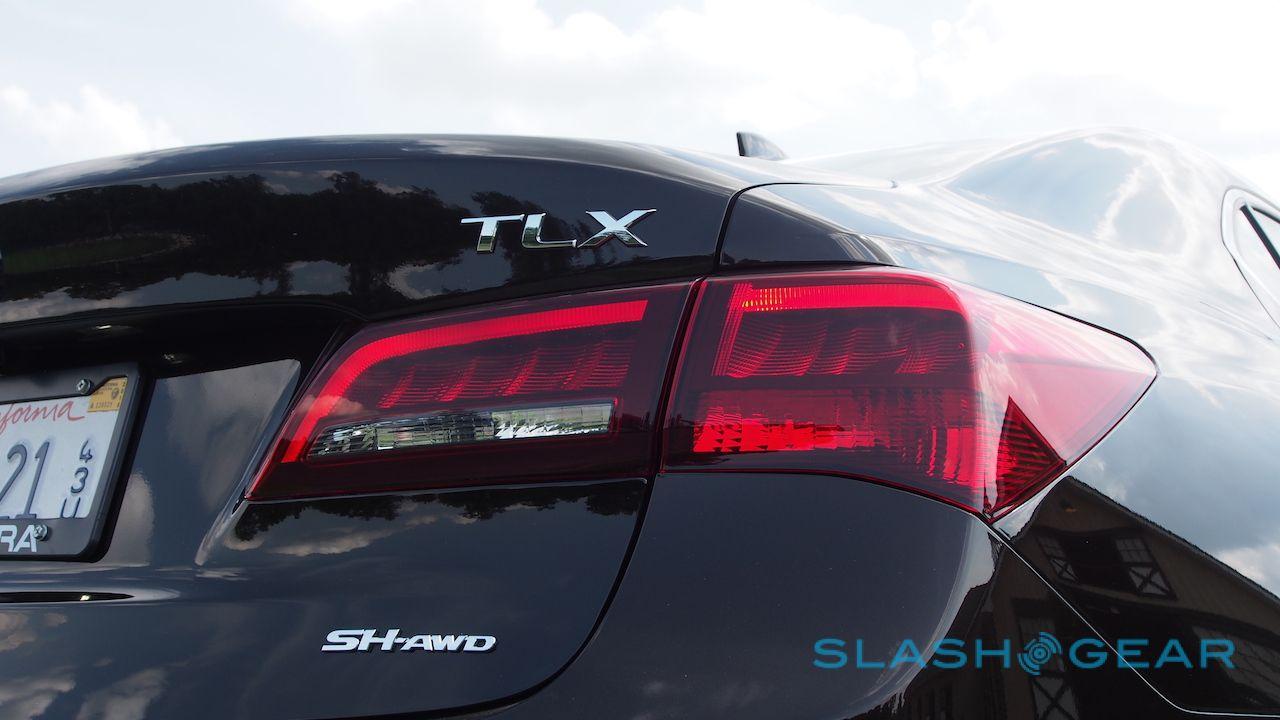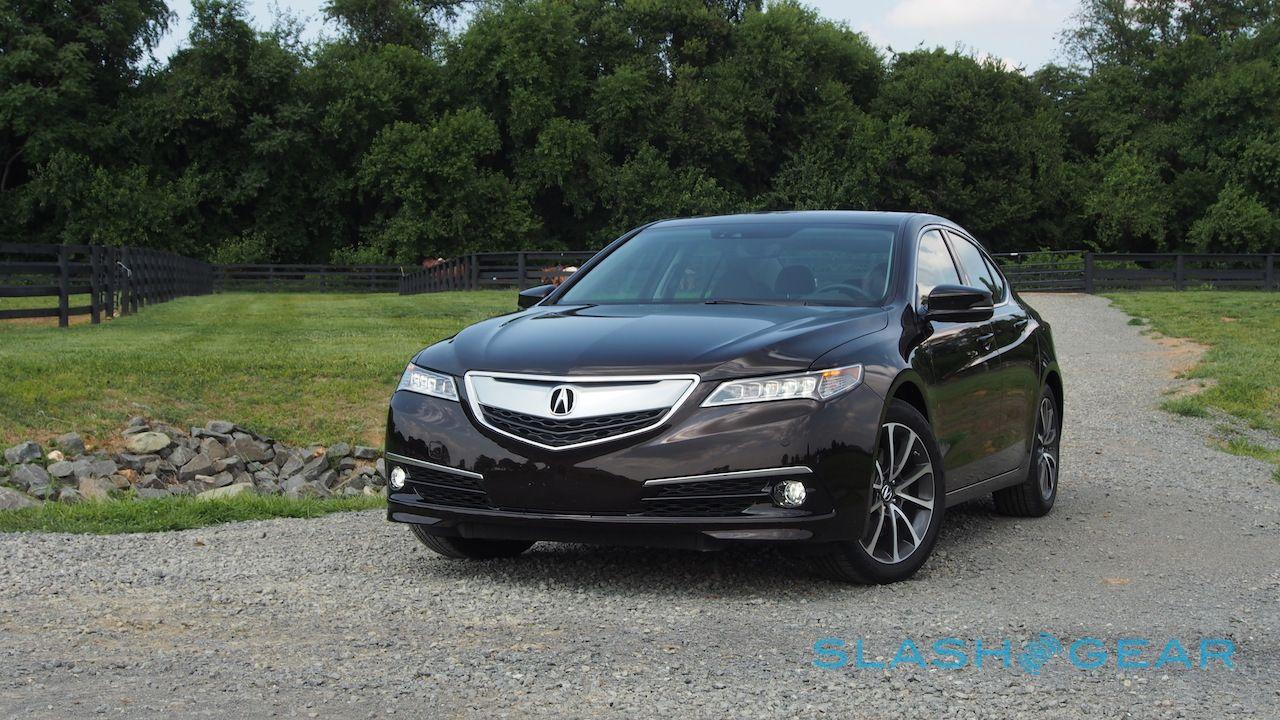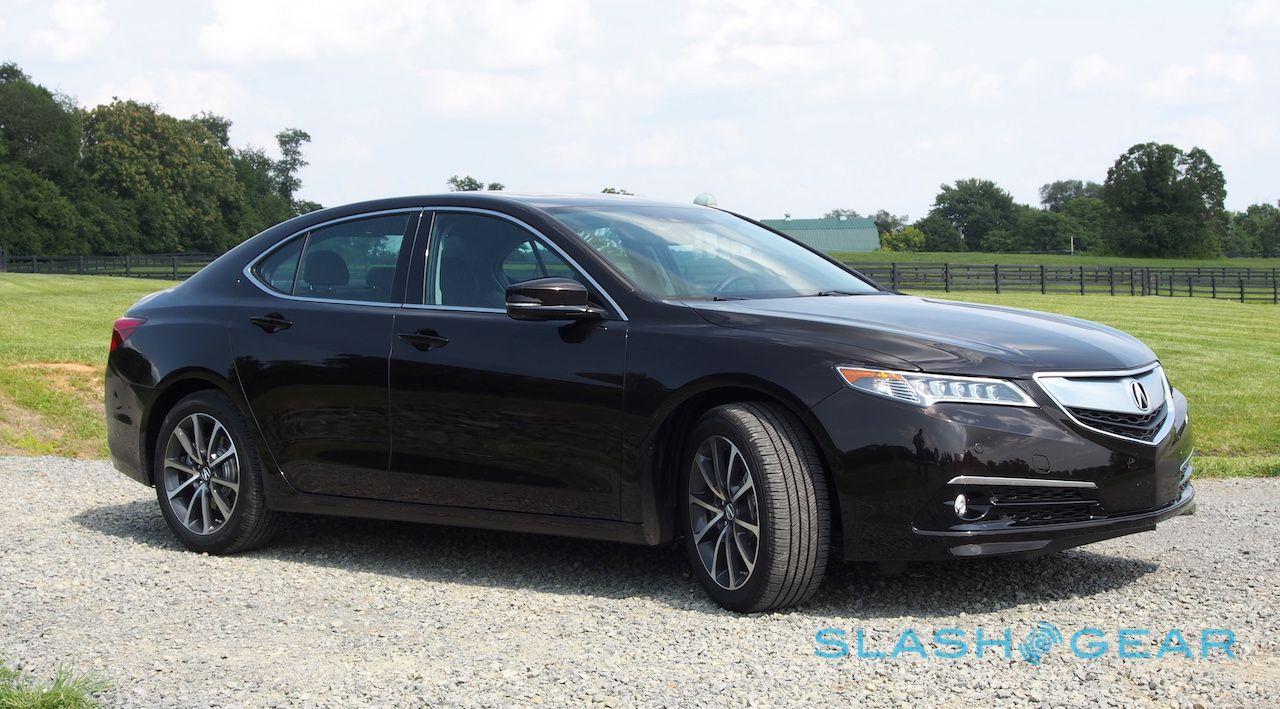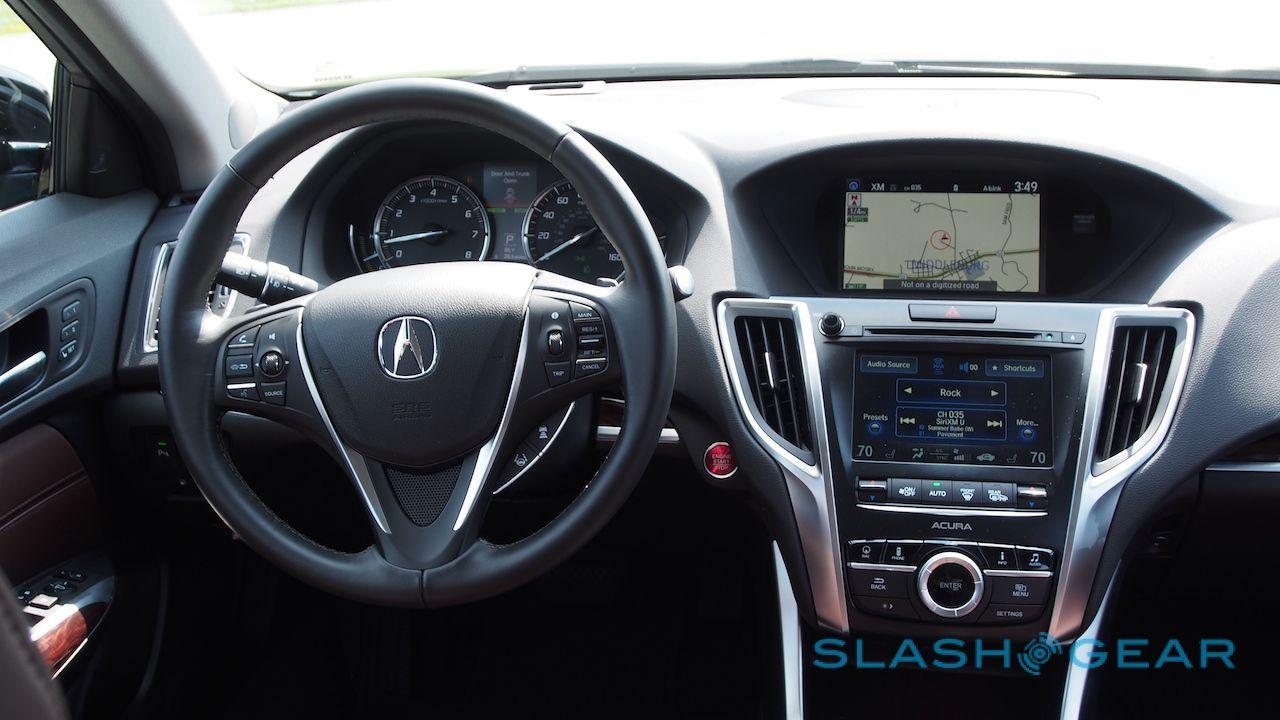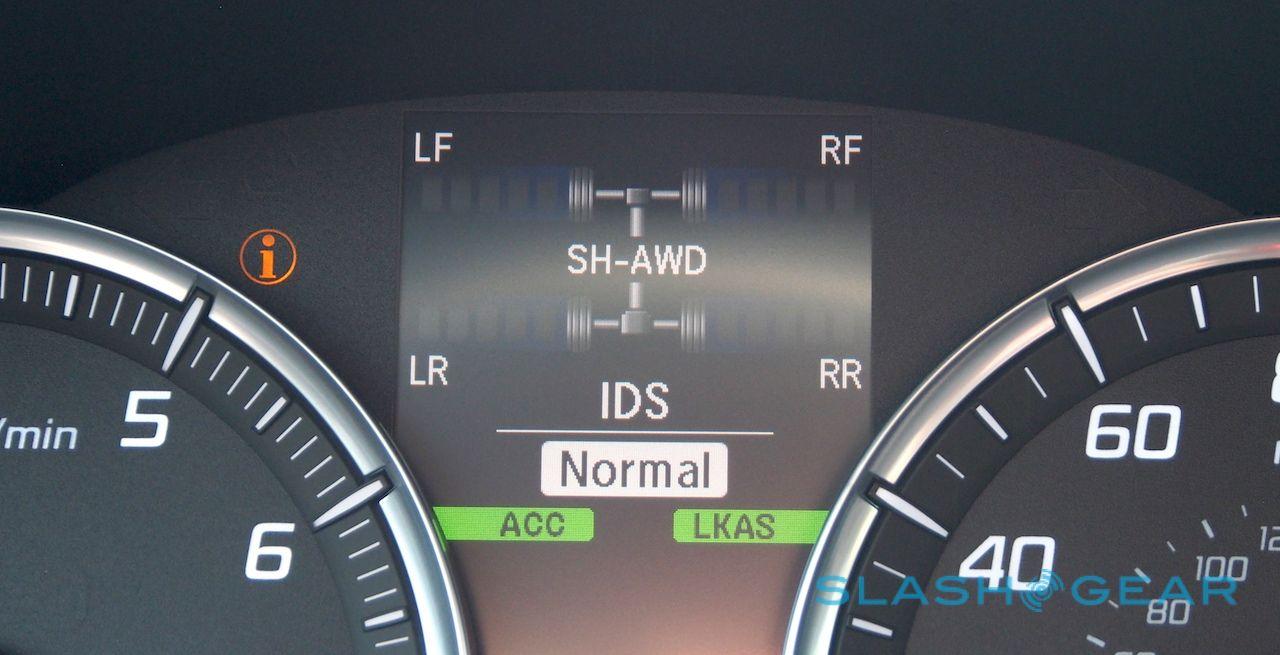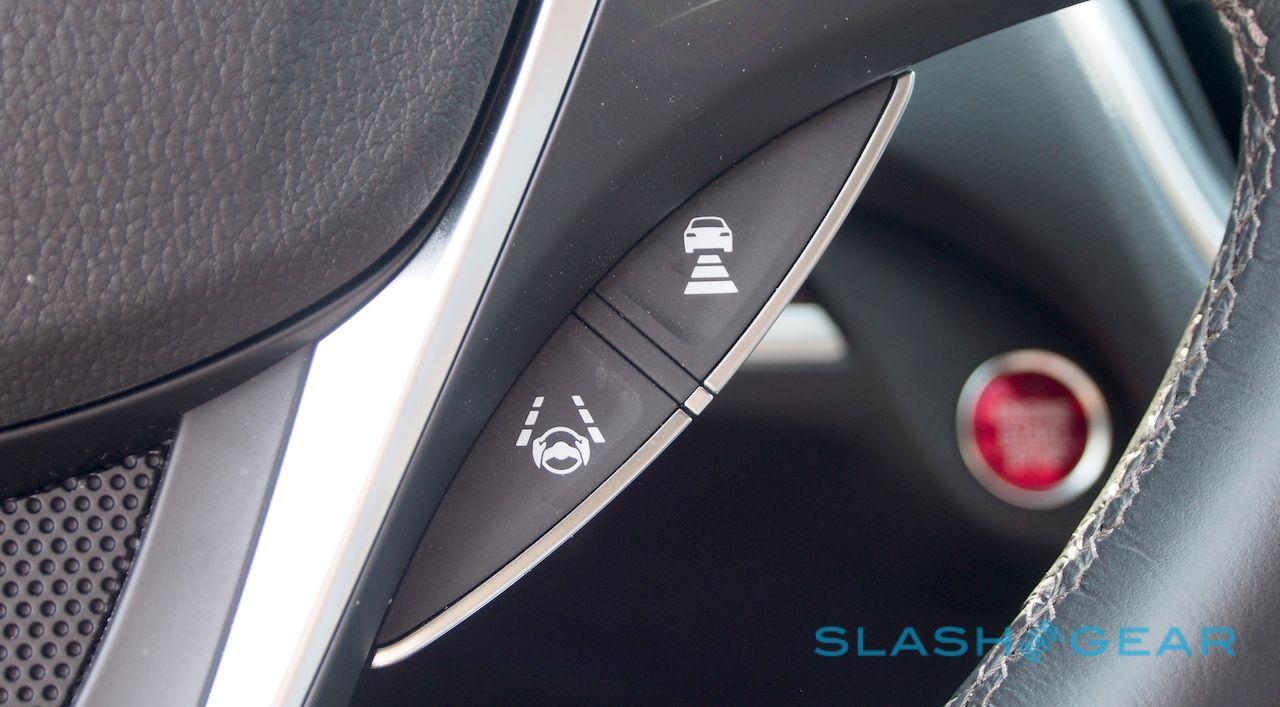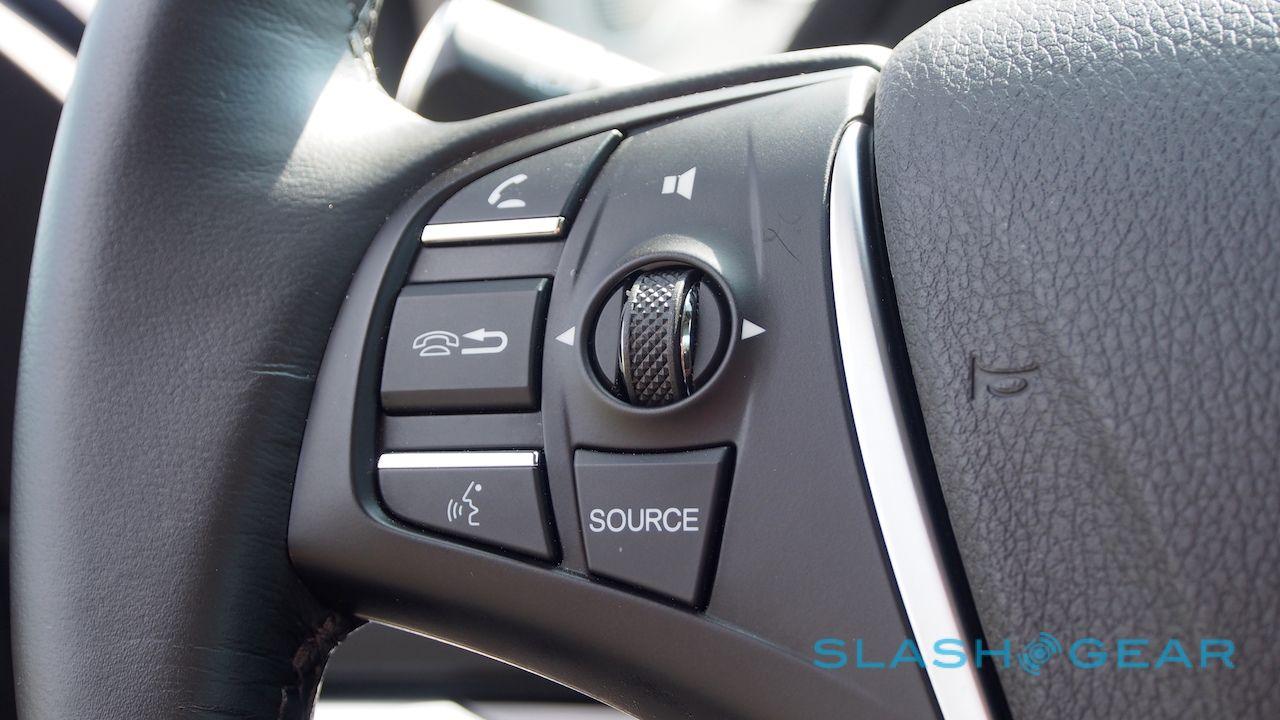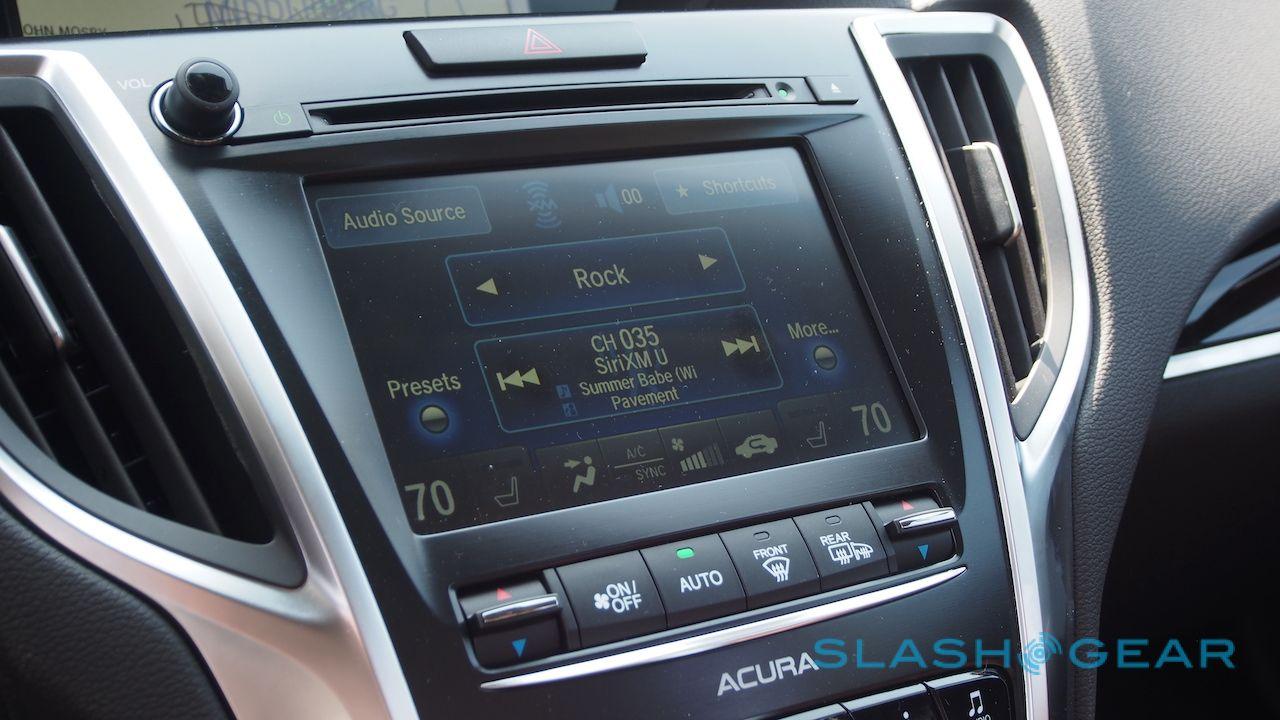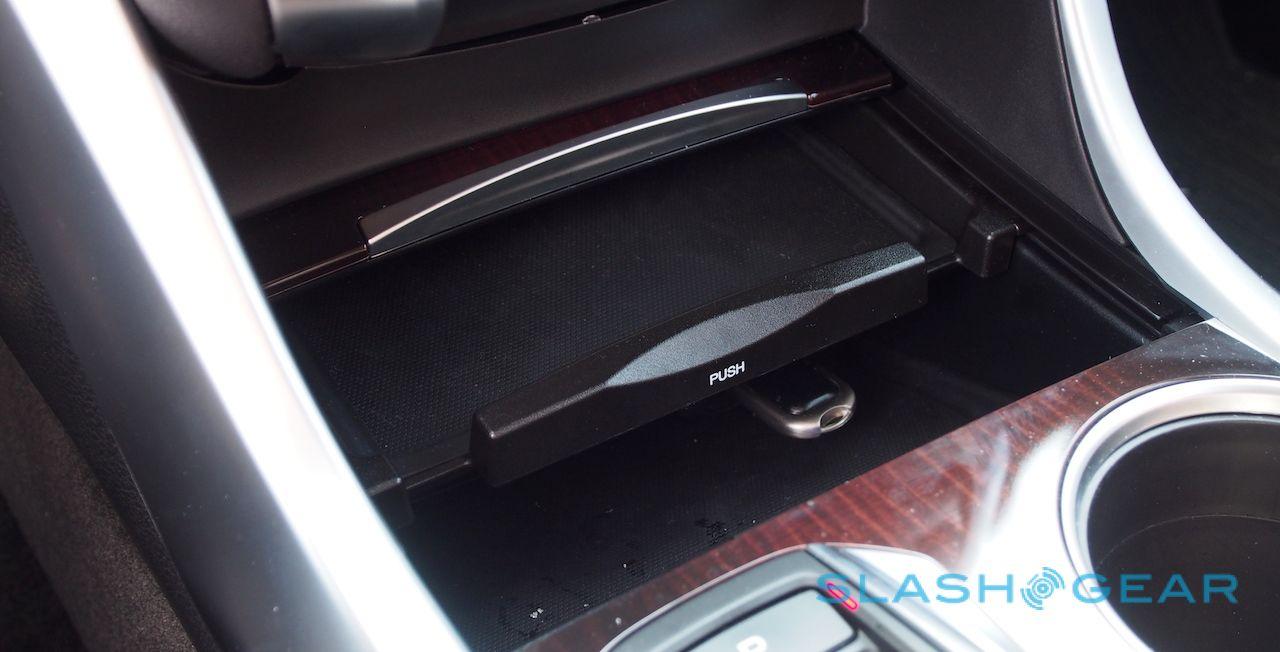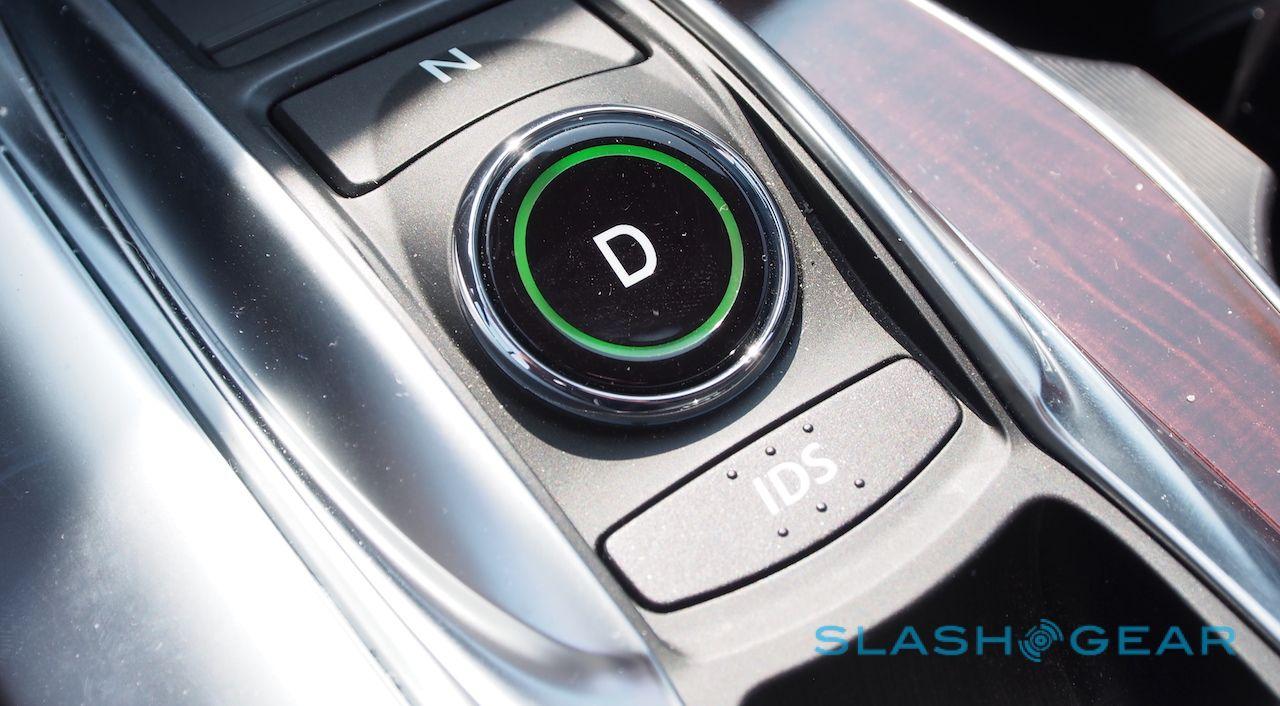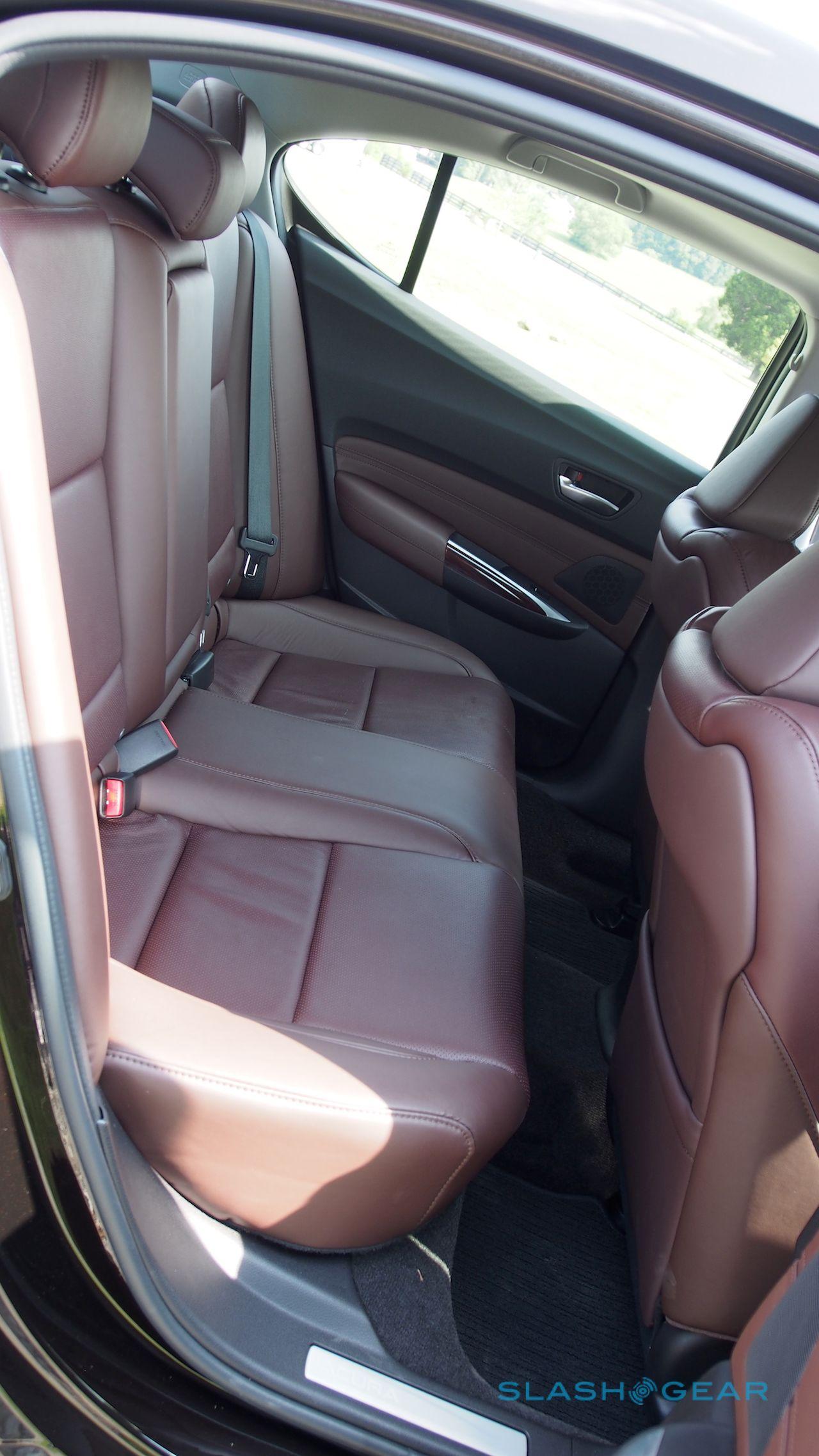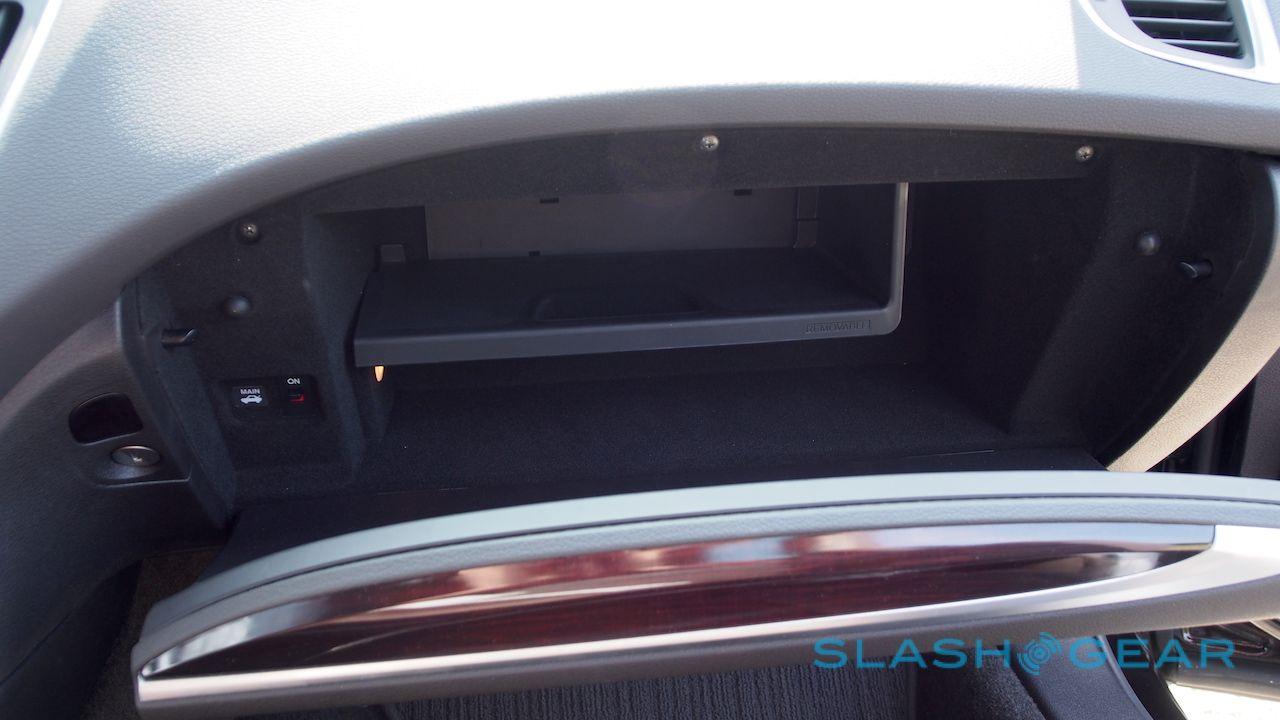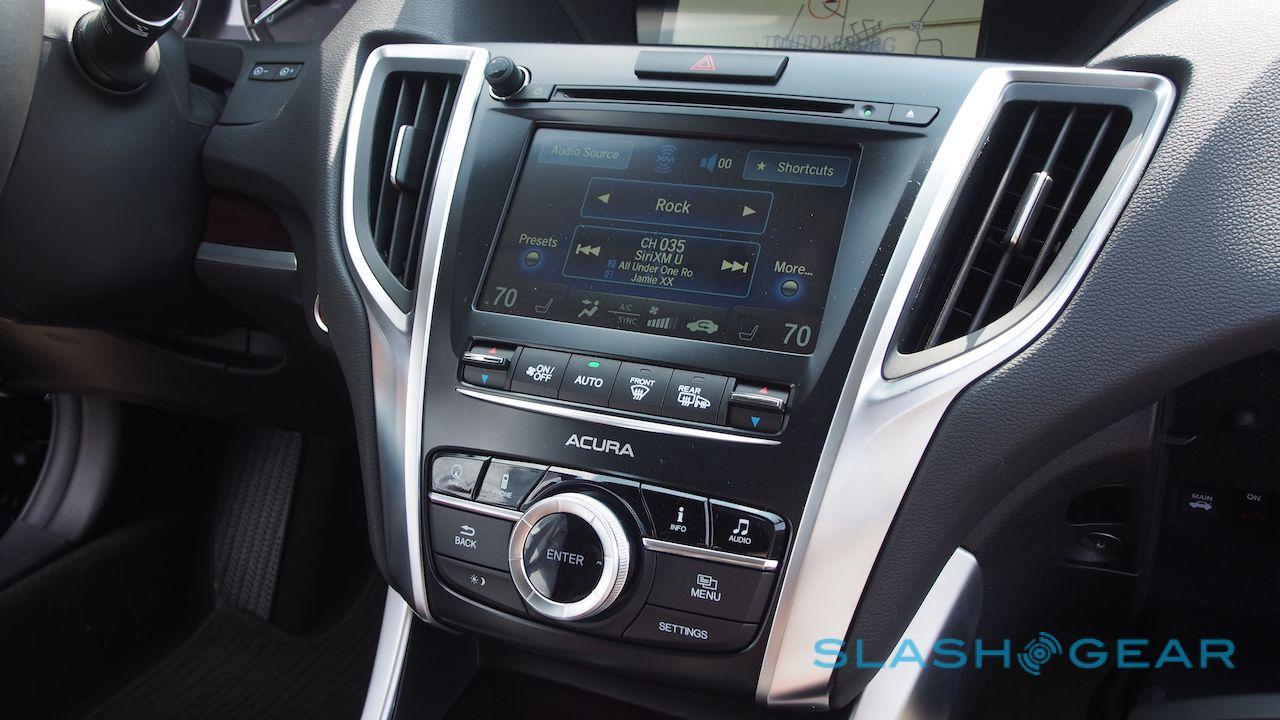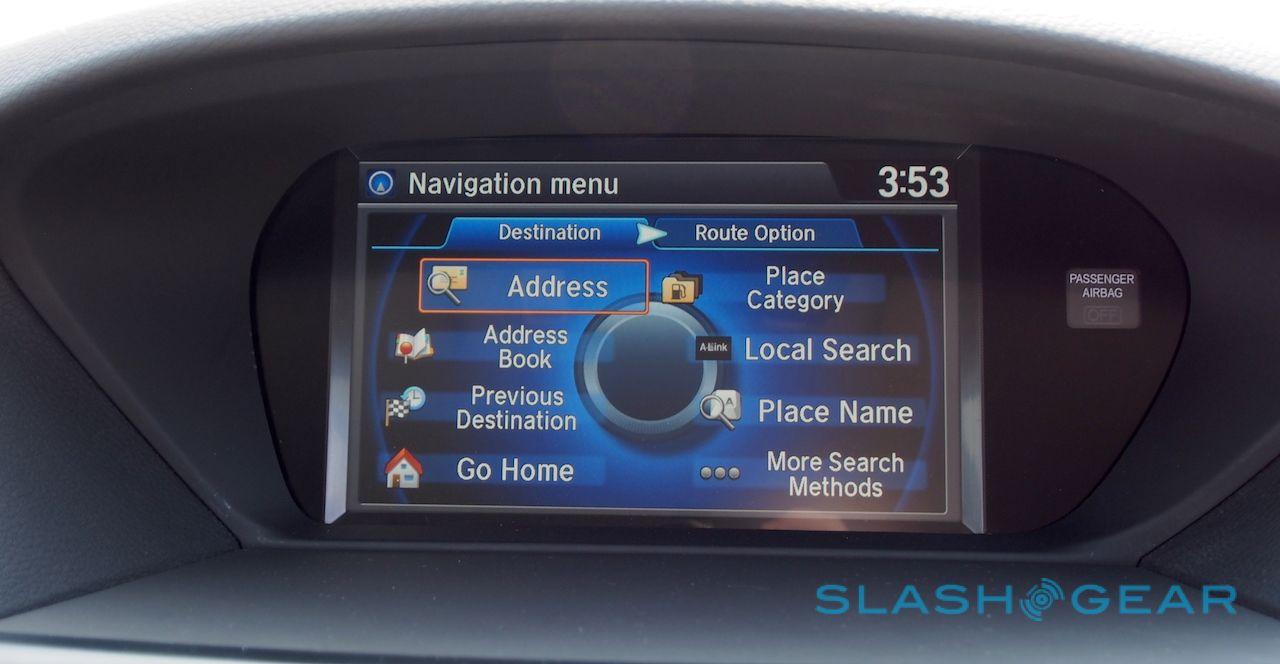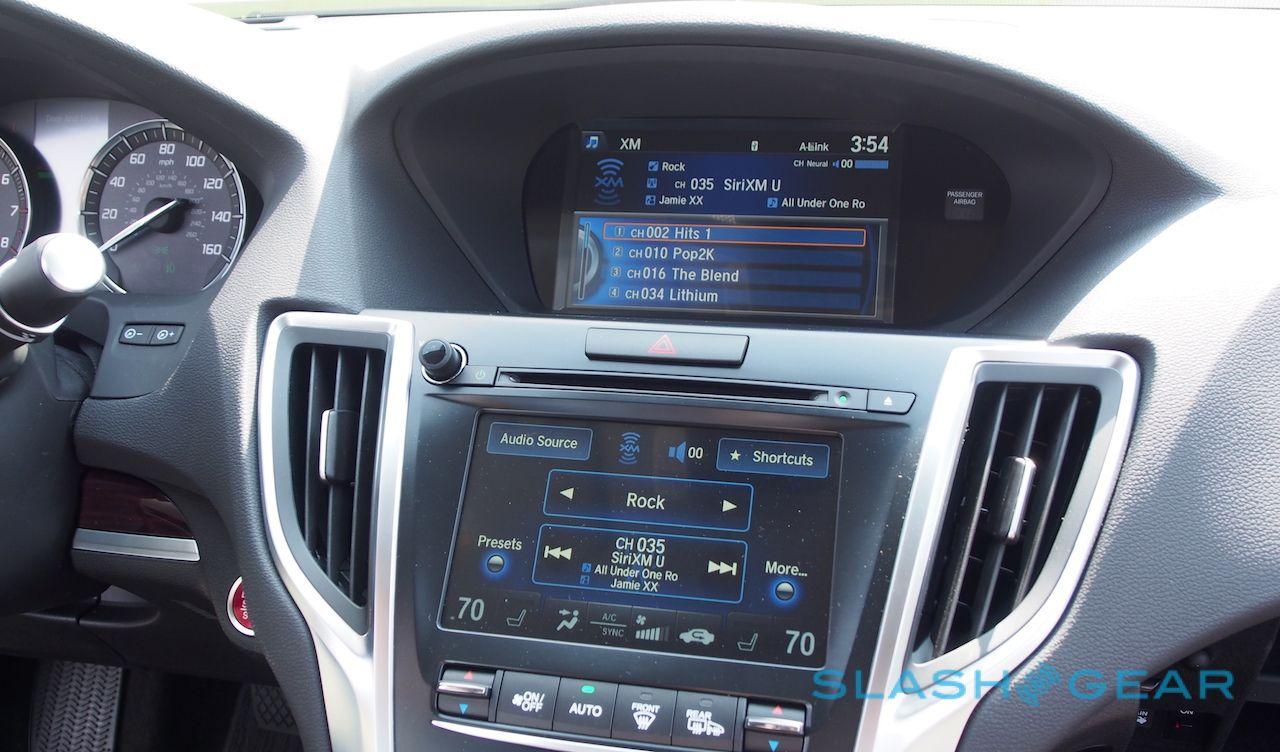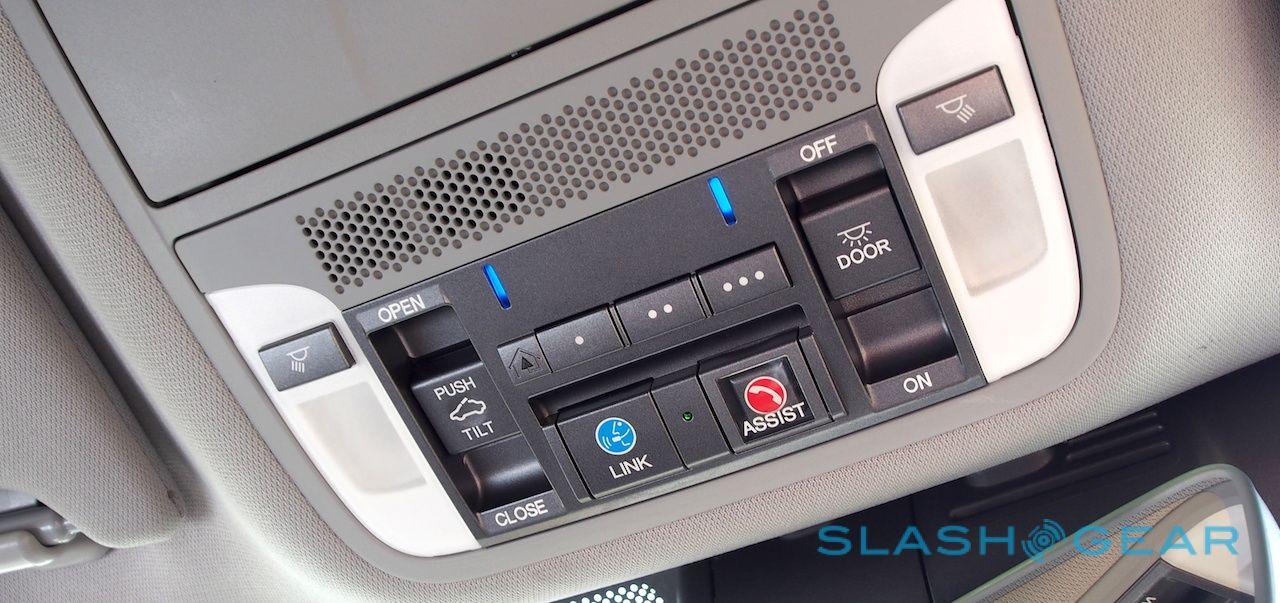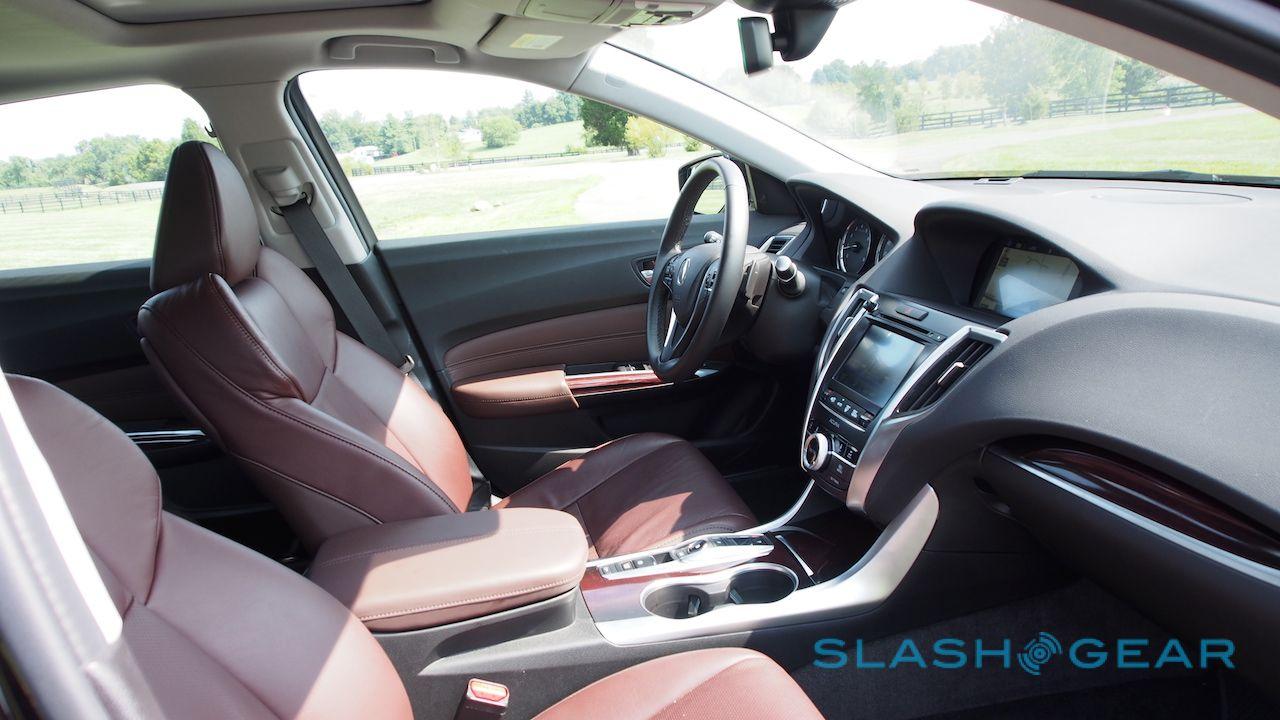2015 Acura TLX First-Drive: The Subtle Sports Sedan
Acura has something to prove with the new 2015 TLX. Honda's top-drawer division credits itself with having co-created the midsize luxury sedan segment with the original TL, though it's now one of the most competitive and the big German brands like Mercedes-Benz and BMW have weighed in with their own take on the category, Meanwhile rivals like Lexus have been joined by upstart budget alternatives from Hyundai and others, leaving Acura's TL and TSX looking tired. Can the new TLX set Acura back on the right track?
Design
There's that beak again. Acura's corporate nose is the most divisive aspect of an otherwise clean if fairly sober design, and like many cars-with-creases the TLX works better in person rather than in photos.
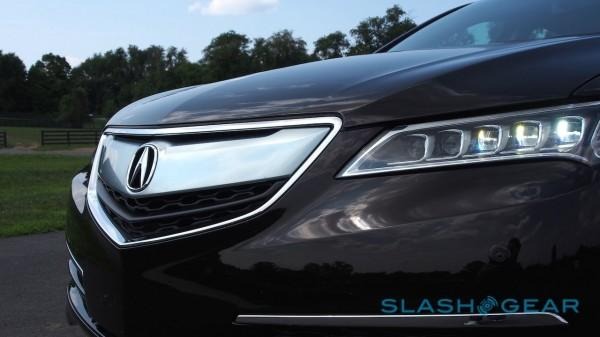
The new TLX serves double-duty in Acura's range, replacing not only the TL but the TSX too. Overall, things are tauter and sleeker than before: the TLX has shorter overhangs and a 1/2-inch lower roofline, while maintaining the wheelbase so as not to cut down on interior space.
To my eyes it works best viewed either from the front or the rear, where the arching curve that starts over the rear wheel sweeps down with a second groove on the front doors and then dipping to a point under the car's snout. There's a little Mazda 6 in the rear three-quarters, though Mazda's sedan is a handsome one and so that's no bad thing. From the side, though, the TLX feels somewhat anonymous.
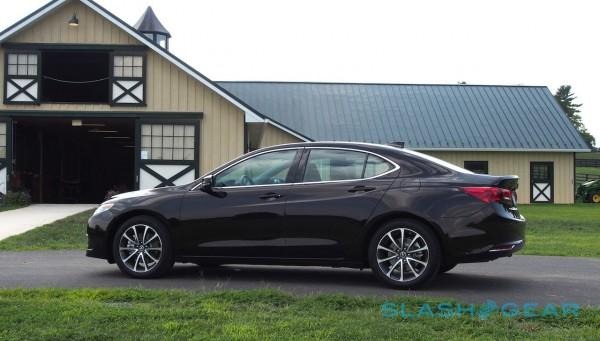
It's the detailing that brings the TLX to life. Acura has shown admirable restraint with the chrome, saving it for the grille surround and some sharp whiskers underneath, but LED headlamps – for daylight-running lamps, high-, and low-beams – are standard and look great, matching the LED fog lamps included in higher-spec packages. The fuel-filler hatch is now capless, and the side mirrors are thankfully not the stubby, squared-off little nubs of the TL.
At the rear, there's some nice detailing to the trunk lid, and Acura has used a 3D light-pipe for the daylight running lamps, with LEDs that curve around from the edges and across the tops of the clusters in a continuous arc.
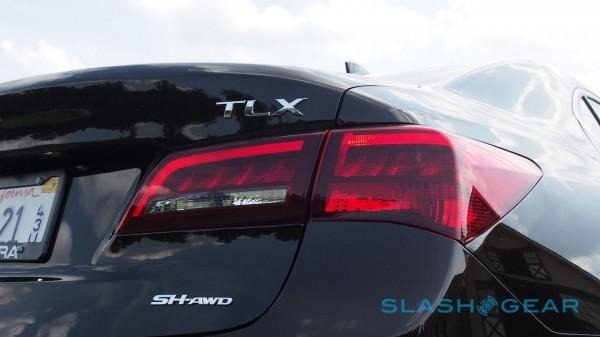
It's also well put together. Panel gaps are minimal, and while the underpinnings are shared with the latest Accord – Honda calls it the Global Mid-Size Platform – only the floorpan is the same. From that point up, Acura does its own thing, with lashings of high-strength steel – it's 60-percent high-strength materials in total – for 21-percent greater torsional stiffness, and on average 25-percent greater mount rigidity.
More importantly, the body has been sealed for better sound insulation, with Acura quoting 50-percent less body leakage thanks to injecting acoustic foam in ten spots around the upper and lower pillars, triple door seals, and acoustic barrier panels installed. Acura's engineers even opted to fill in the little holes left over by the manufacturing process in the name of keeping the noise down. You may not see all these efforts, but they're what help elevate the TLX over a mainstream Accord.
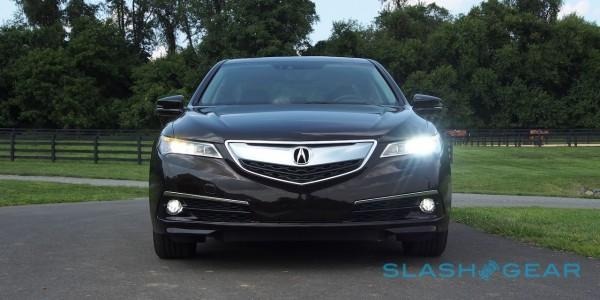
Engine and Performance
Acura is keeping it simple with the 2015 TLX, with just three models sharing two engines in total, and just two different add-on packages to spec things up. Entry level is a new 2.4-liter DI VTEC engine good for 206 HP and 182 lb-ft of torque (five more horsepower than the old TSX, and 5-percent more torque, for those keeping count). It's paired with an 8-speed dual-clutch transmission with a torque convertor, with Acura claiming the latter helps dampen out vibration and jerkiness.
The company also says it shifts a third faster than the old 5-speed auto, while the gearings are lower to keep things feeling sportier, and the torque band is flatter and wider for more usable power. 0-60 has been trimmed by 1.5 seconds, Acura claims, while the 24/35/28 mpg EPA ratings (city/highway/combined) are up two points in city driving and four in highway driving.
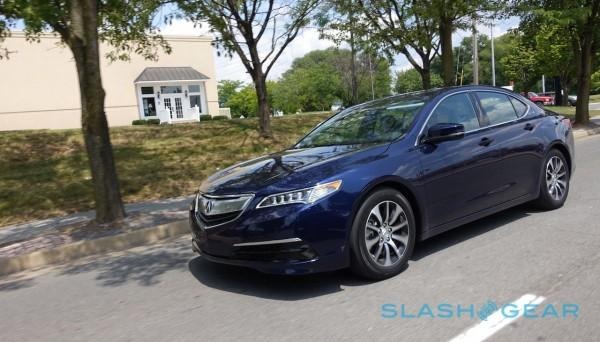
Acura's second engine is an exclusive 3.5-liter V6, with 290 HP and 267 lb-ft or torque: up 10 HP and 12-percent, respectively, versus the old TL. The six cylinder engine also has an environmentally-friendly party trick, able to shut off half when in Eco mode to boost economy; as it is, it's rated at 21/34/25 mpg at its best, up one point in the city and five on the highway. In fact, Acura claims its V6 is as efficient as some competitors' 4-cylinder turbo powertrains.
The V6 gets a new 9-speed automatic transmission developed with ZF, three more gears than the old car. As with the 8-speed, the gearing has been fettled for performance, with a claimed 25-percent speed boost in shift time, and 5x more responsive paddles behind the wheel.
Both FWD and AWD options are on the table. Acura has an all-new Precision All-Wheel-Steer (P-AWS) system for the FWD 2015 TLX, which can be paired with either engine. At low to mid speeds, the front wheels move out of phase with the rears, tightening up the turning circle, while at high speed the wheels instead move in phase to prevent the car from rotating. Hit the brakes, and the wheels toe-in for improved stability.
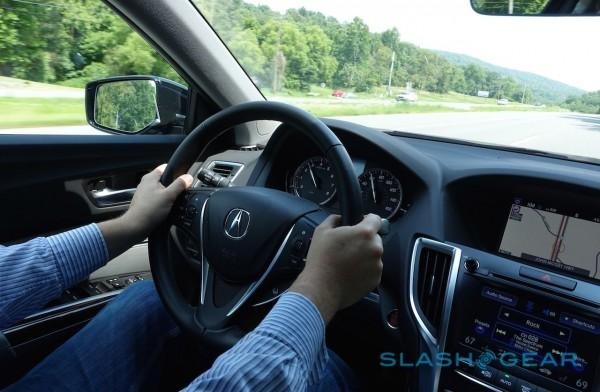
In-between P-AWS and the standard Vehicle Stability Assist there's a new Agile Handling Assist (AHA) system, which delays slamming on the brakes if you start losing traction by instead individually triggering the anti-lock brakes on either of the rear wheels. That way, the time between you turning the wheel and the TLX rotating is cut, hopefully giving you a chance to stick to the corner.
As for the AWD, that's only available on the top-spec V6 TLX, and is dubbed Super-Handling All-Wheel Drive (SH-AWD). It's not the first time we've seen that acronym on an Acura, but it's an all-new version of the system that's lighter and more efficient.
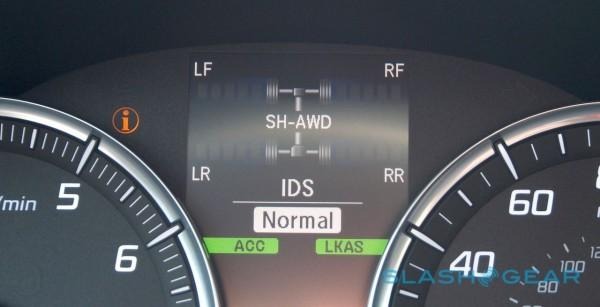
The engineers dumped the separate lubrication pump and switched to an integrated pump with a single overall motor, trimming weight by a quarter and allowing the electromagnetic actuator and planetary gear to be ditched in the process. It's supposed to be smoother, too, with the same Active Mounts that handle switching between 3- and 6-cylinder modes taking on automatic idle stop as well.
Finally, there's the IDS – Integrated Dynamic System – button down by the gear selector. That's responsible for switching the TLX between Normal, Eco, Sport, and new Sport+ modes. Of the four, Sport+ is the most closely related to the TLX's positioning as a sports sedan, ignoring the top two gears and holding the car in lower gears for longer for more enthusiastic performance. It also rev-matches downshifts, which Acura says makes for better driving when you get into hard turns and approach stoplights.
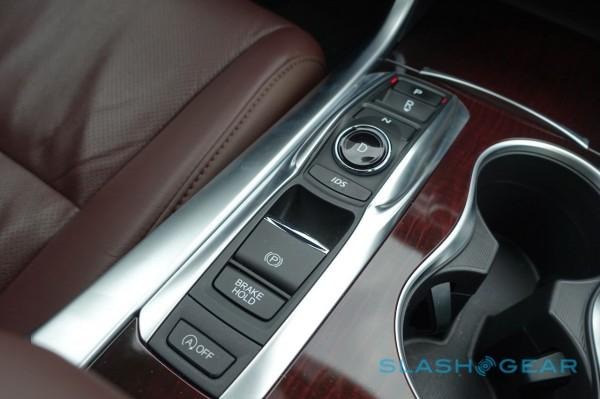
I started out in the top-spec TLX 3.5-liter V6 SH-AWD, with high hopes from all the acronyms. It's certainly a poised car, with predictable understeer filtering in as you push it further in the corners, though even in Sport mode it wasn't as entirely eager to jump down a gear as I'd expected for a sporting model. Planting my foot at around 35 mph for that all-important highway surge and there was a noticeable second or so of lag before the nine-speed caught on and dropped a few ratios.
Results with the paddles were better, overcoming the TLX's occasional tendency to get confused with which gear it thought would be best. The AWD system is subtle, particularly when coupled with the electric power-assistance of the steering, which felt a little detached at times, but the combined efforts of the various stability controls leaves the TLX forgiving even if you throw yourself into a corner with a little too much momentum. Happily the brakes are impressive in their hauling power, and stayed reassuringly effective even after some spirited backroad driving.
Things started to fray somewhat in Sport+ mode, however. Acura's goal is a more aggressive drive, with changes to the steering feel, throttle response, and how the SH-AWD operates, but it's the changes to the transmission shift logic which feel out of character.
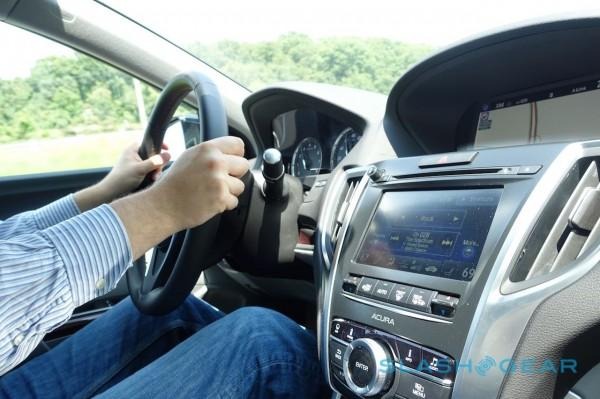
The eagerness to keep the gearbox perky translates to a stubborn refusal to step up a gear, often leaving you traveling at highway speeds at 4,500-5,000 rpm. Meanwhile, the throttle blips on downshifts feel artificial and forced, not to mention introducing a jerkiness which is out of character for the V6.
Thankfully, before I started to question Acura's whole thinking, I switched into the 2.4-liter P-AWS car. It may be down on power in comparison to the V6, but it feels more decisive and straightforward; the gearbox is cleaner in choosing between its eight ratios, and while Sport+ mode still feels frenetic at times, it's less jarring than in the more powerful car.
For the most part the P-AWS system felt more nimble than the SH-AWD, and I needed to push hard in corners before I suspected I was missing the traction of the more expensive system. Admittedly, when driven side-by-side with its BMW 3-Series counterpart, the German's greater steering feel was noticeable, but the TLX gives you paddles and a reassuring sure-footedness that flatters its driver.
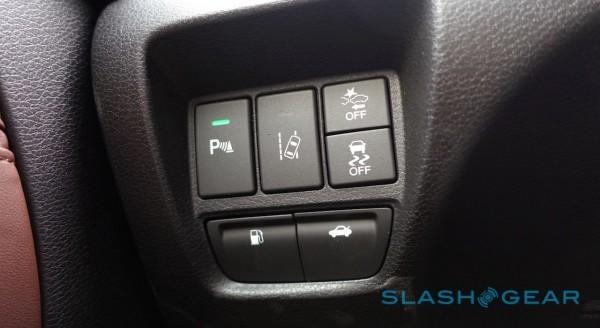
It's worth mentioning that Sport+ might be in no small part down to personal taste, too. Some of the other drivers I spoke to found it far more rewarding, with the lower-gear clinginess a boon not a hassle. Unlike the other three IDS modes, Sport+ isn't persistent when you restart the car – Acura says that's because it has an impact on fuel economy it doesn't want owners to overlook – so you get to make the choice each time you climb behind the wheel as to whether it complements your upcoming drive.
Interior
Acura hasn't looked too far afield for its inspiration on the TLX's dashboard, and the aesthetic of the latest RLX shows strong. Gone is the measly LCD strip bisecting the center console, with two full displays – the lower of which is a touchscreen – used for navigation, infotainment, and environmental controls.
The seats are meaty around the shoulders and supportive, while only the plastic wood on the dashboard sounds a dud note: the rest of it is a sturdy, sensible expanse of soft-touch textured plastic and faux-aluminum. Thankfully the button explosion of the TL has been replaced with a more restrained cluster of physical controls.
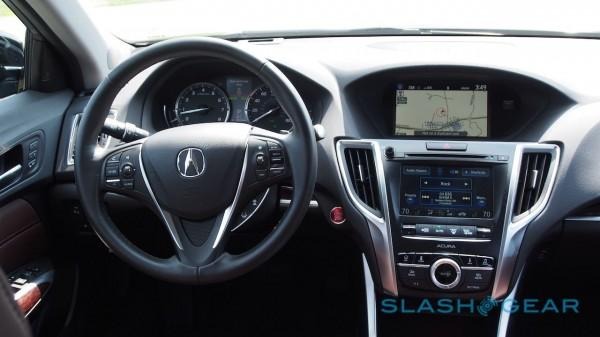
In the rear, there's the TL's legroom and a 60/40 split for expanding the trunk. That's relatively deep, though the trunk lid itself leaves it a little narrow. A capacious bin underneath the wide center armrest up front is joined by an equally roomy glove compartment, which has a removable plastic shelf that can be used to optionally partition the space.
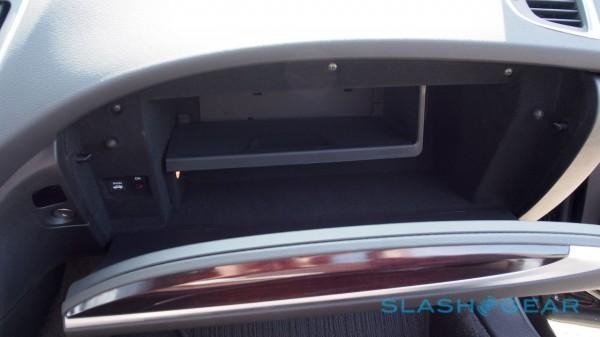
Leatherette seating comes as standard on the base $30,995 TLX 2.4L; if you want proper leather, it's available with the Technology package or the Advance package. Adding the former to the 2.4L car takes the price to $35,025; the base 3.4L TXL is just a little more, at $35,220, and then $39,250 and $42,500 for the Technology and Advanced packages, respectively.
Finally, there's the 3.5L SH-AWD, which only comes in Technology package spec ($41,450) or Advance package spec ($44,700).
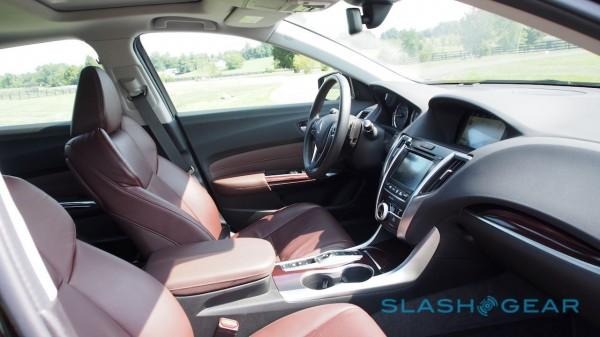
No matter the trim level, what's most noticeable is the sound – or, rather, the lack of it. Acura's noise deadening processes may be extreme, but they pay dividends, and what you actually hear in the cabin is an order of magnitude less than the noise actually going on outside. What's audible gets some artificial assistance, with the TLX turning to an active noise control system that feeds a fake soundtrack into the car. It's not especially noticeable, I found.
Tech and Infotainment
With two displays and Honda's parts bin in the background, you'd expect the technology in the 2015 TLX to make the grade. As it is, things are generally up to scratch though there are a few omissions.
Acura doesn't stint on the standard kit, and sure enough even the base TLX leaves the factory with a long list of toys. There's a reversing camera, tire pressure monitoring, heated side mirrors that auto-tilt to show the curb when you're backing up, hill-start assist and an electronic parking brake that automatically holds when you pause at lights, Bluetooth hands-free and streaming, Sirius XM, Pandora support, USB/aux-in connectivity, dual-zone climate control, keyless entry, a power moonroof, and two 12-volt outlets.
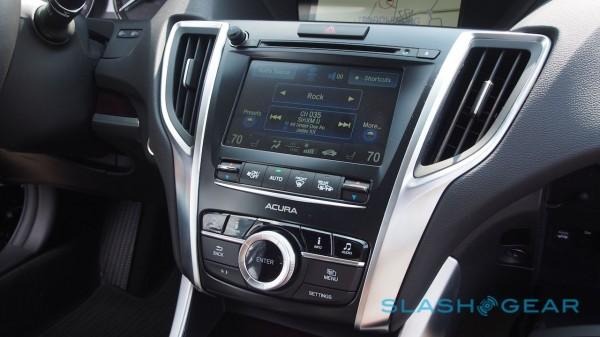
Several of those may have been present in name at least on previous models, but have been refined for the new TLX. The key fob, for instance, now has a range of up to 1/2 mile with remote engine start, while the new 7-speaker standard audio system sounds fantastic.
Step up to the Technology or Advance packages and things get even more interesting. There's GPS-linked climate control, figuring out its automatic settings depending on where you actually are, as well as adaptive cruise control that can pick up again from a standstill if the car in front moves off within three seconds of halting. Acura has routed the collision camera – which can now spot pedestrians as well as other vehicles – and the radar through to the same brain, so their input can be combined and made better use of, all under the new umbrella term of "AcuraWatch".
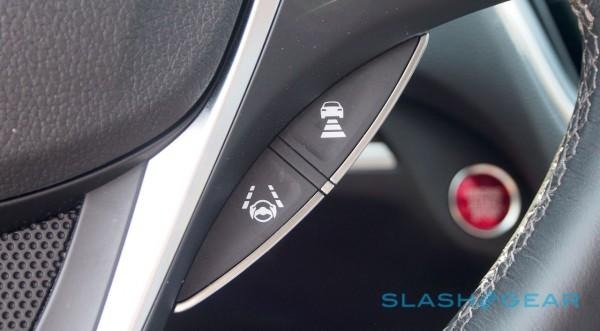
Advance grade cars get haptic feedback on lane departures, buzzing your seat if you're straying over the lines, as well as tweaking the steering itself to pull you back into place. Ignore the warning signs and the system will even apply the brakes just in case. The premium 10-speaker audio system is even more impressive than the regular setup, with a depth and range of audio that rivals cars several pay-grades up the ladder.
I particularly like some of the more thoughtful touches. The storage nook at the bottom of the center stack, for instance, hides a USB port and 12V outlet, but also has a second, sliding tray inside so that you can cover up cables and have your phone or iPod more readily to hand.
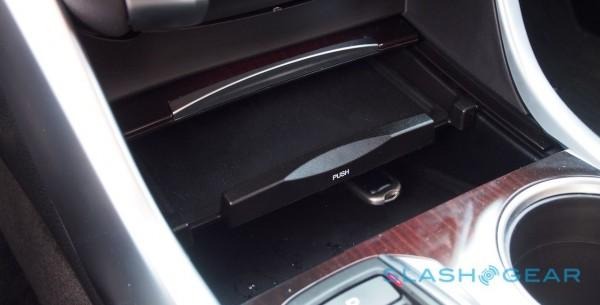
I'm a tough critic to win over when it comes to infotainment, and the TLX doesn't quite knock it out of the park. The dual-screen UI – on the 8-inch upper LCD and its 7-inch counterpart in the middle of the dashboard – has potential, not least the genuinely useful localized haptic feedback, but Acura's color scheme and iconography is bland, all shades of blue and dull fonts. The touchscreen feels underutilized, too, with primary navigation via the big knob at the base of the console, and there can be some repetition between what's shown on it and on the top panel.
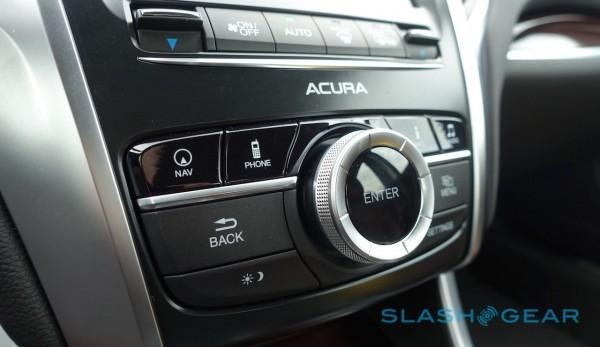
Siri Eyes-Free support is included, but there's no CarPlay or Android Auto. Acura tells me they're in the pipeline, but when that finally happens they're unlikely to be retroactively applied to existing TLX already on the road. The standard voice control is functional, but the knowledge that Apple and Google each have advanced systems just around the corner that the TLX will miss out on is galling.
Adaptive cruise control works well, tracking the car in front and smoothly bringing the TLX to a halt – and then picking up again – in line with traffic conditions. Lane keeping I had mixed results with, the TLX sometimes proving heavy-handed in its reminders of the dotted lines, while at other times it seemed content to let me drift even with freshly-painted markings. Still, it's worth noting that all such features were absent on the comparison BMW which, despite that, had a sticker price several thousand more than the Acura I was comparing it to.
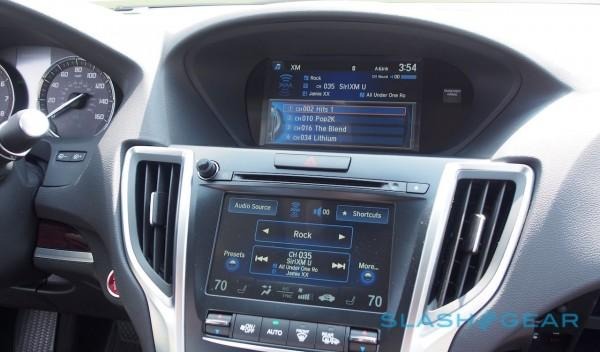
Wrap-Up
There's a palpable sense of excitement within Acura about the 2015 TLX. Ask the team responsible, and they'll tell you that it's the sports sedan they designed with themselves in mind: usable performance and affordable luxury, a car that you can drive in an entertaining manner, but which isn't exhausting at the end of a long journey.
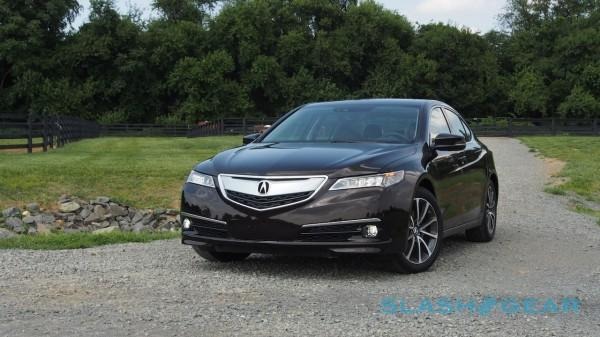
Undoubtedly there's a market for such a vehicle. Not everybody wants an exhausting beast of a car, a partially-tamed monster. In the raw, unbridled passion stakes the TLX isn't the most visceral, but it has usable, everyday performance that's predictable in the very best sense of the word. You buy Acura because you also want reliability and build quality and a mile-long list of standard toys, and they're things the new TLX has in spades.
Few innovators remain in command of the segment they help create; the choice then is to either rise to the challenge or bow out with some degree of grace. The TLX was born of tough decisions, axing two model lines and replacing them with just one, but the result is a car that has more than enough to please the Acura faithful, while being priced competitively enough to lure new potential owners into taking a second look. The specs, frugality, and affordability of the 2.4L, not to mention the perkiness of its well-matched engine and gearbox, would make it my pick of the bunch.
Check out more automotive news in our full Cars Hub


